
Aerts, Hendrick
Allegory on death (?)

Allegory on death (?)
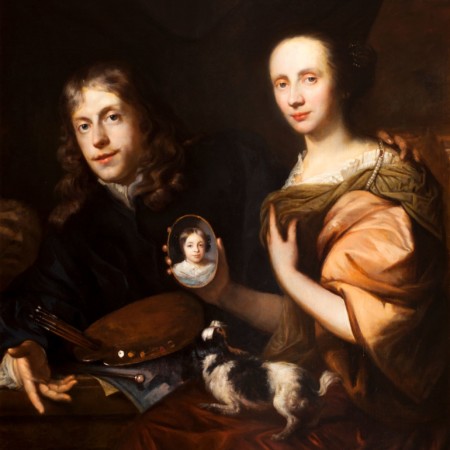
Self-portrait with his wife, Maria de Kinderen
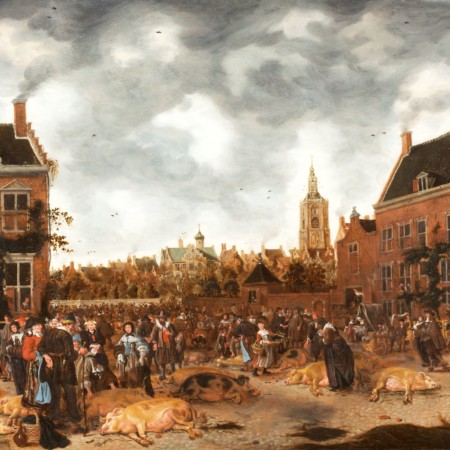
The pig market in the Hague
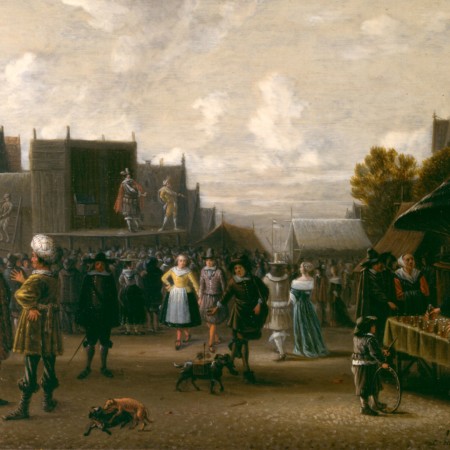
Village Fair
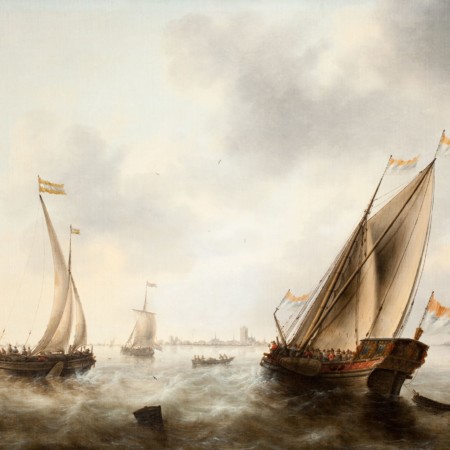
The Meuse near Dordrecht
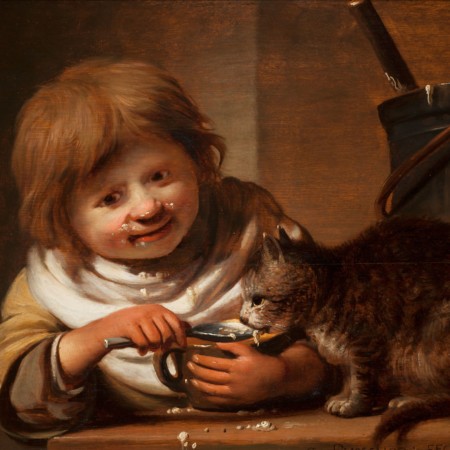
Child feeding a cat

Interior of a church
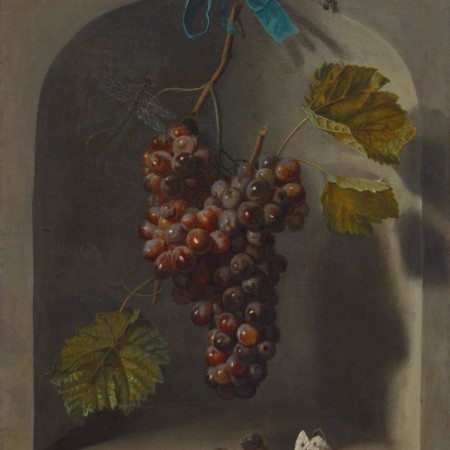
Bunch of grapes hanging in front of a niche
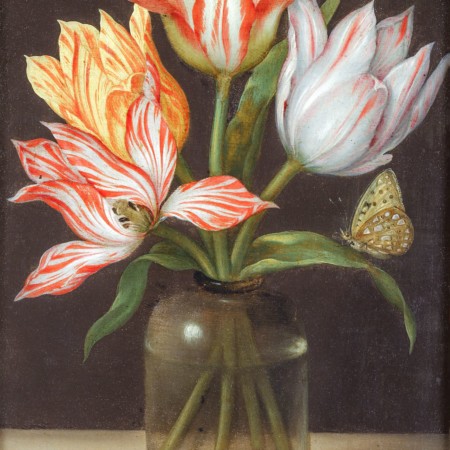
Glass with four tulips
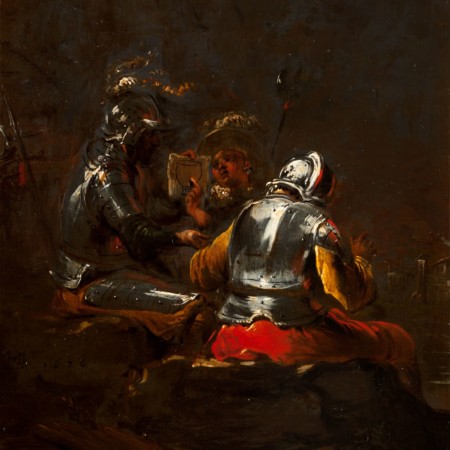
Scene with soldiers
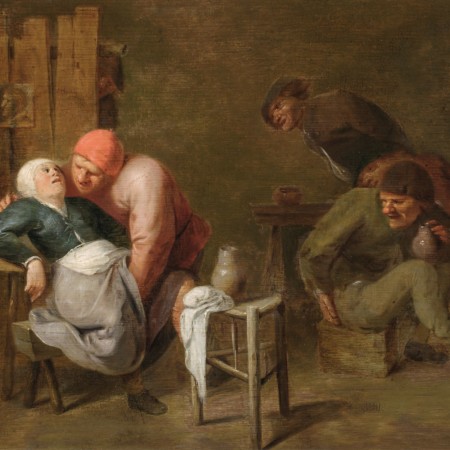
Peasant inn
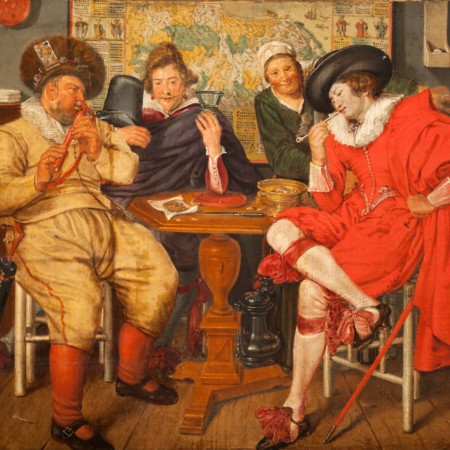
Scene at an inn
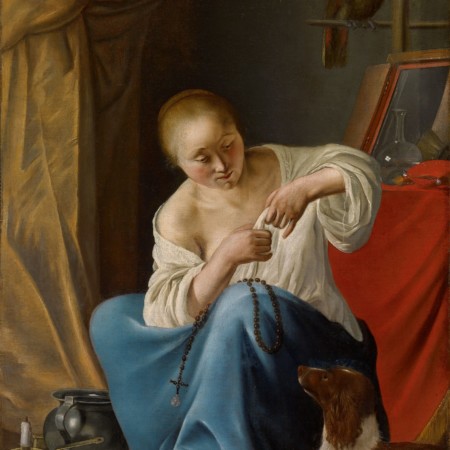
Woman making her toilet
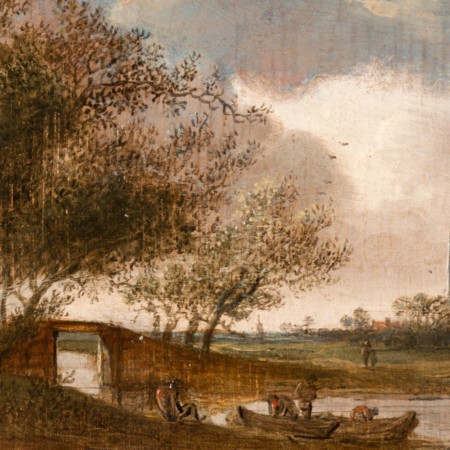
Landscape with small stream
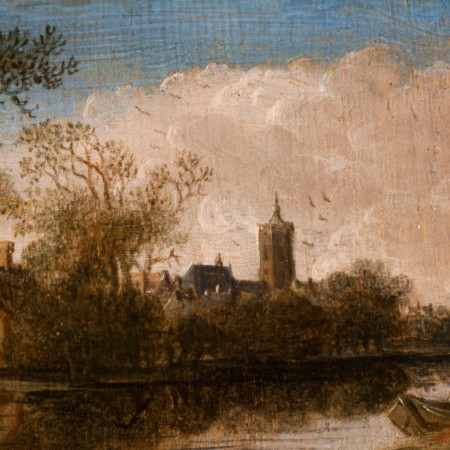
Landscape with small stream
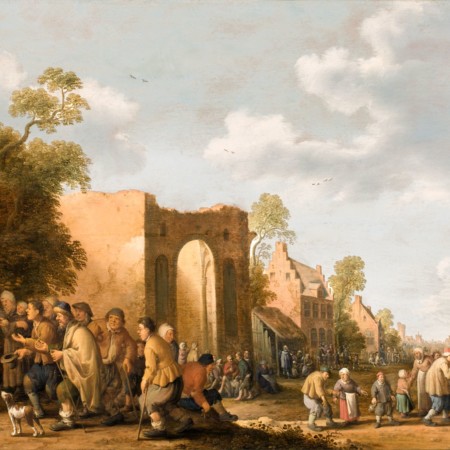
The seven works of charity
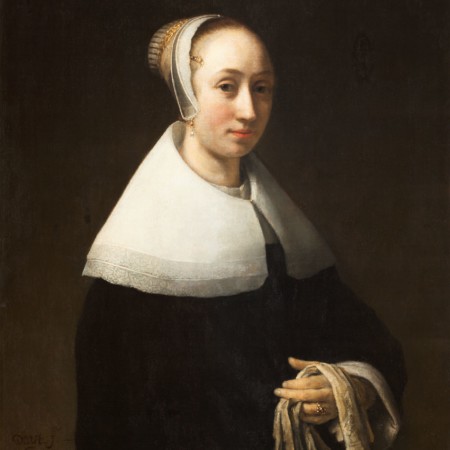
Portrait of a lady
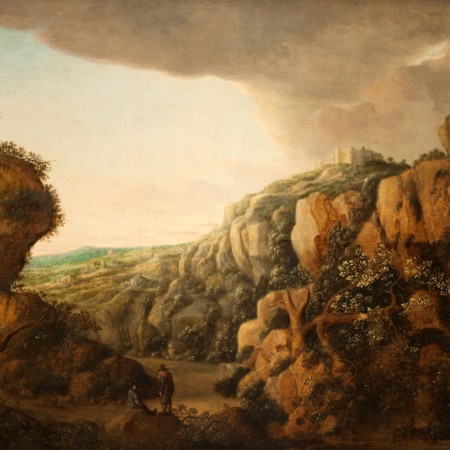
Mountainous landscape
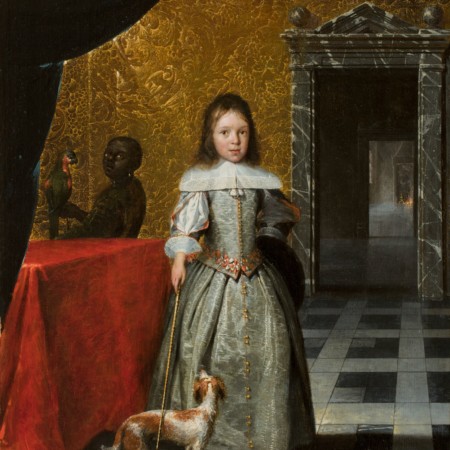
Portrait of Isaack le Petit

Pantry
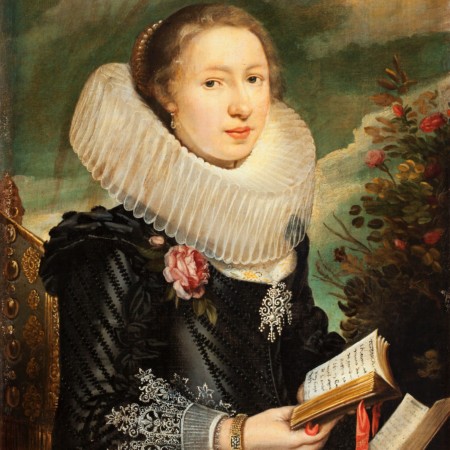
Portrait of a lady
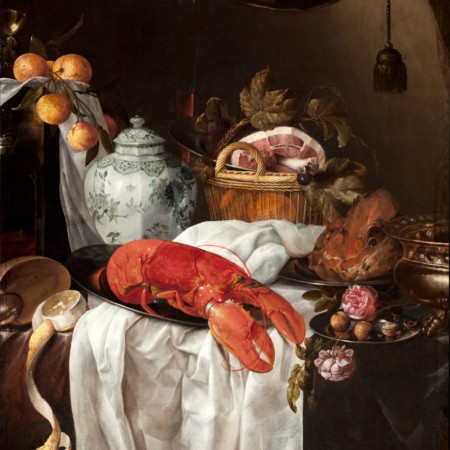
Ostentatious still life with lobster

River view with a mill and a church

Panoramic view
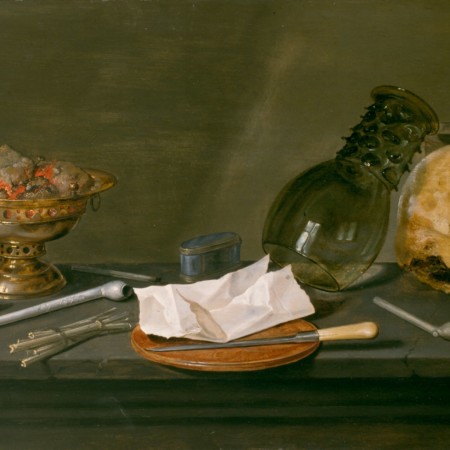
Vanitas
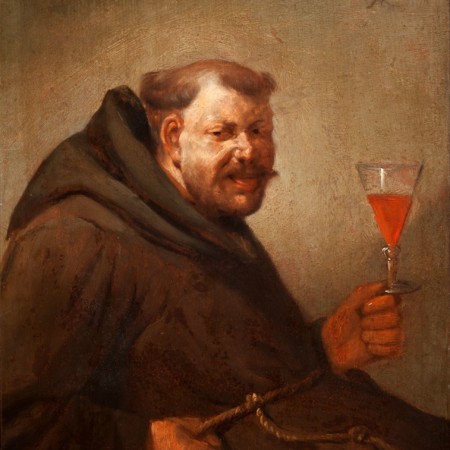
Drinking Monk
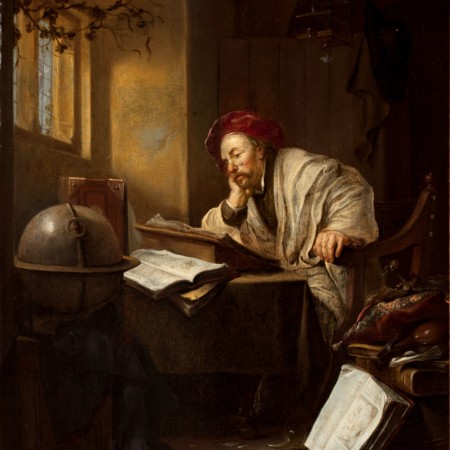
Scholar in his study

Bustle at the steps
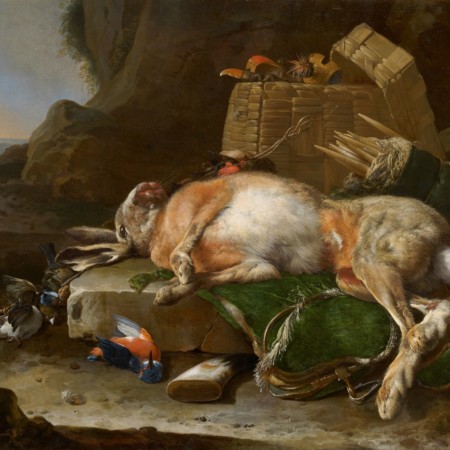
Still life with catch outdoors
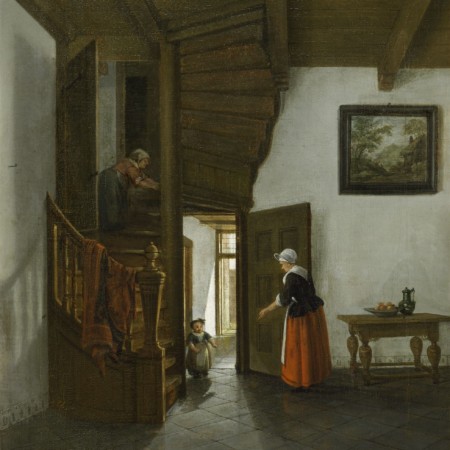
Interior with winding stairs
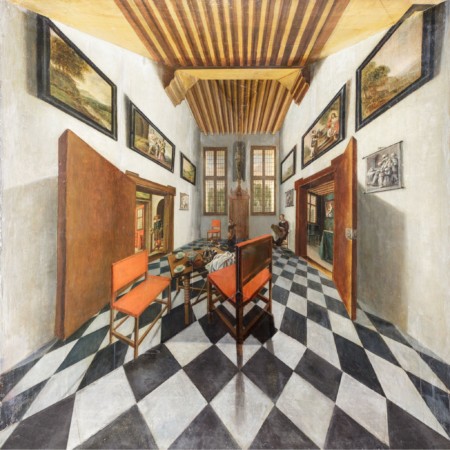
Perspective box
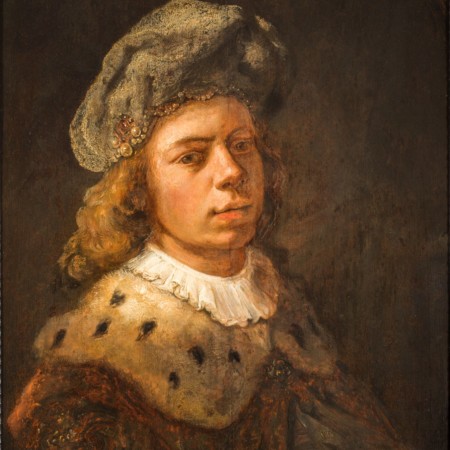
Selfportrait with turban
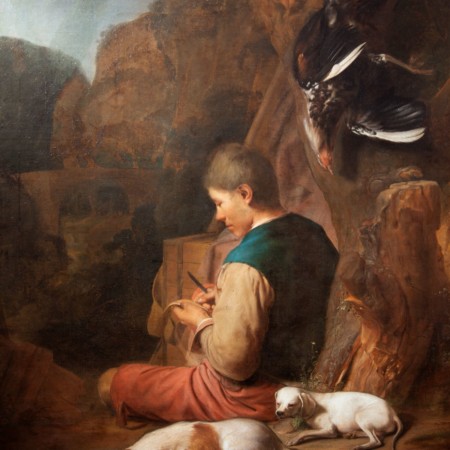
Rustende jongen
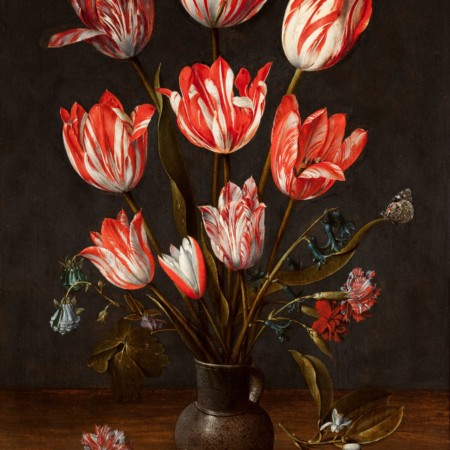
Tulips in a vase
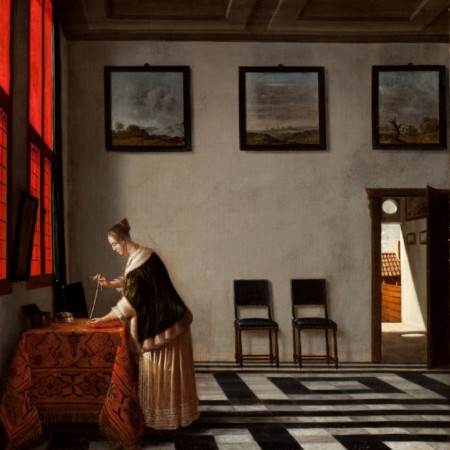
Lady with string of pearls
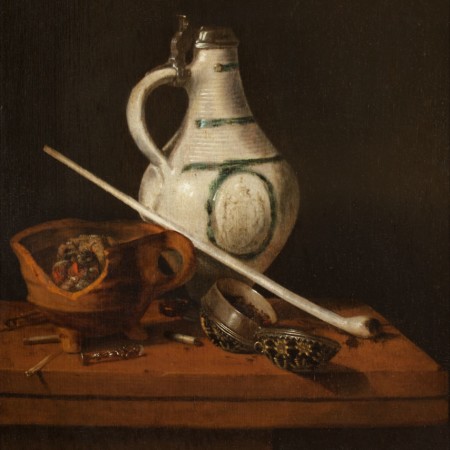
Still life
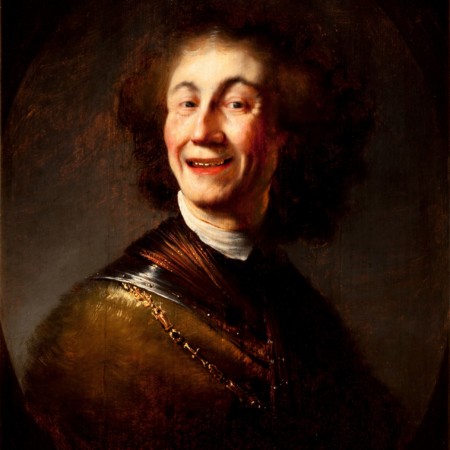
Laughing young man
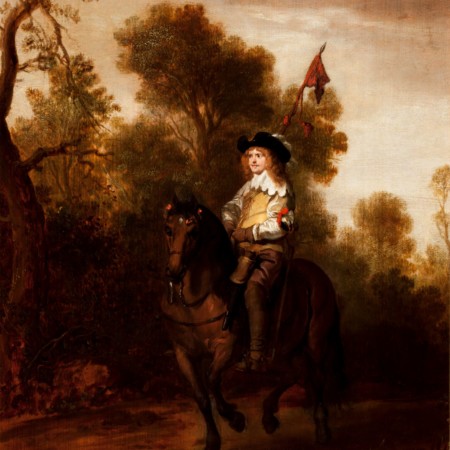
Ensign with standard
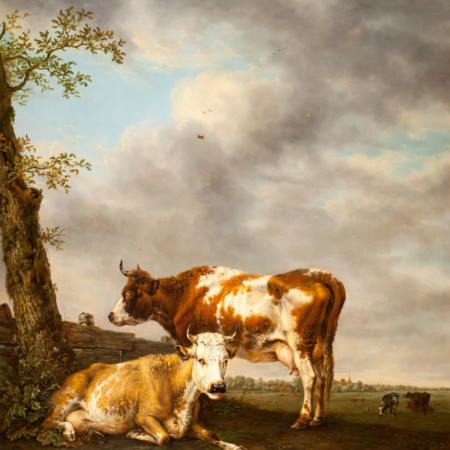
Cows at pasture
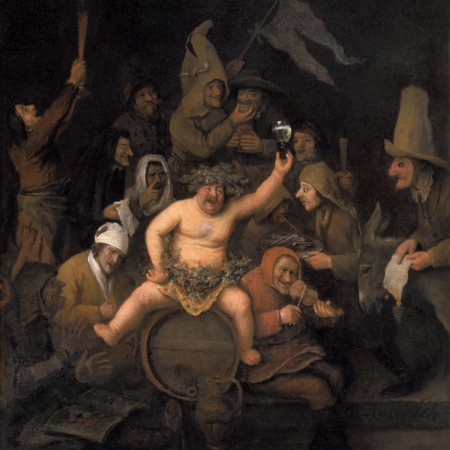
Bachanalia
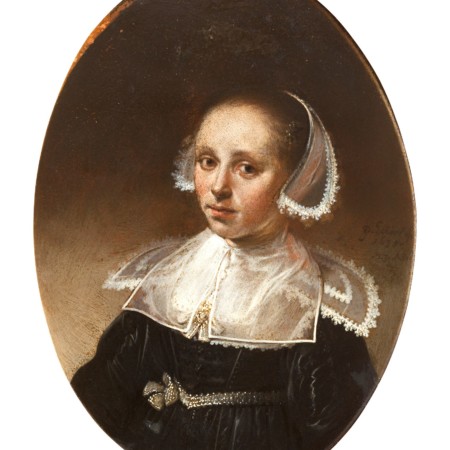
Portrait of a young lady
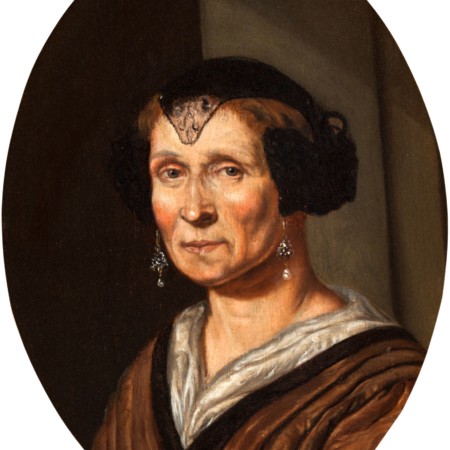
Portrait of a lady
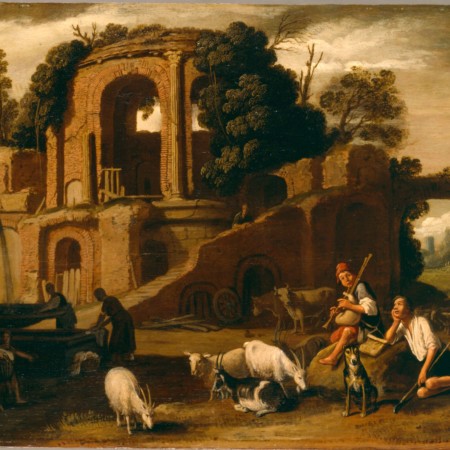
Shepherds near a classical ruin
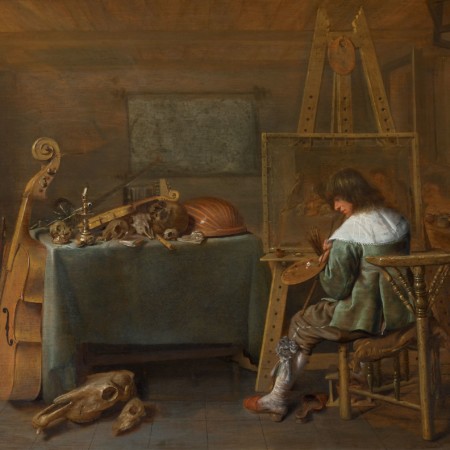
Painter in his studio
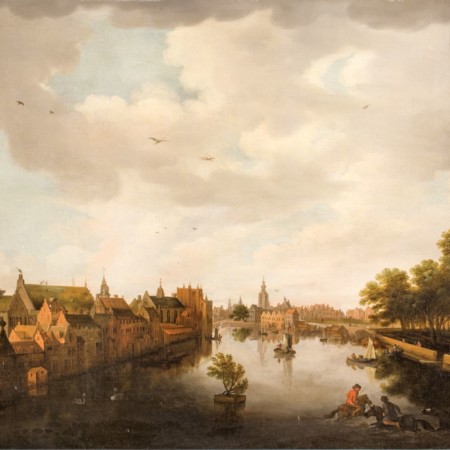
The Hofvijver in The Hague
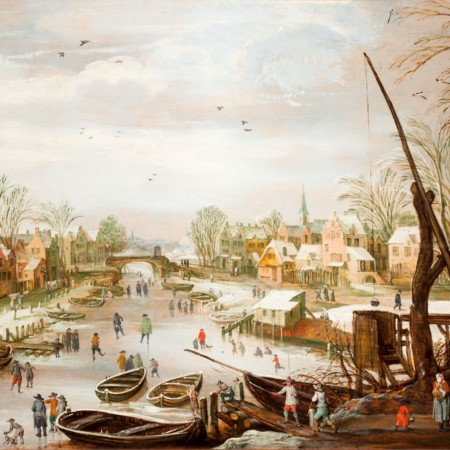
Village in winter
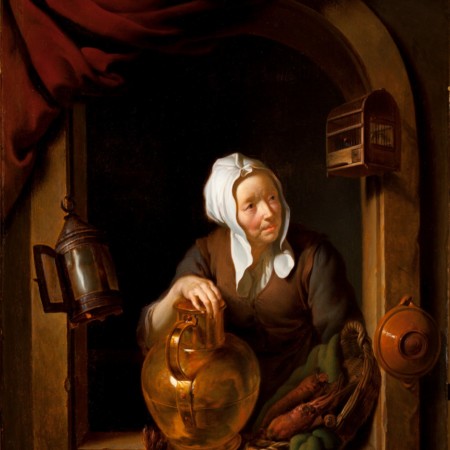
Woman behind an arch
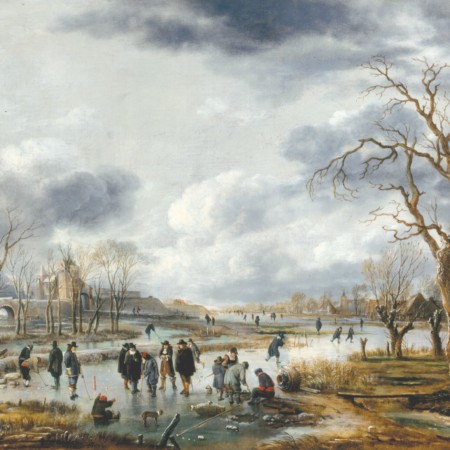
Scene on the ice outside the town walls
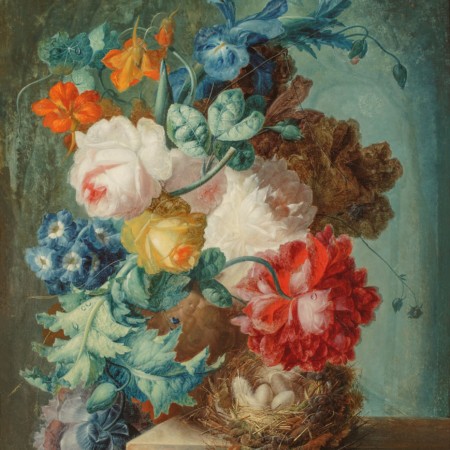
Still life with flowers and bird’s nest
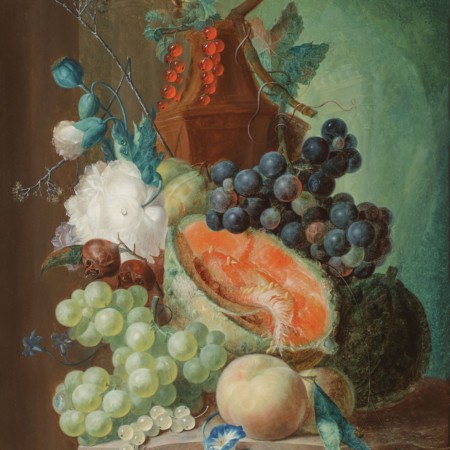
Still life with fruit
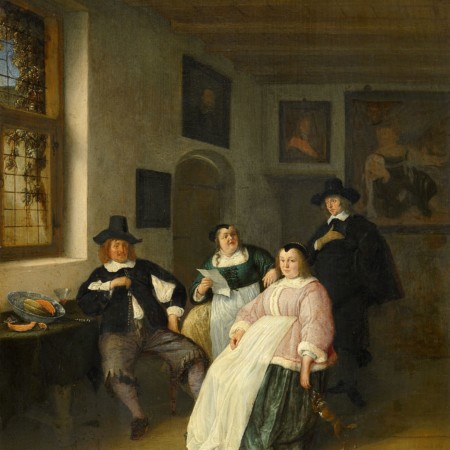
The De Goyer family and the painter
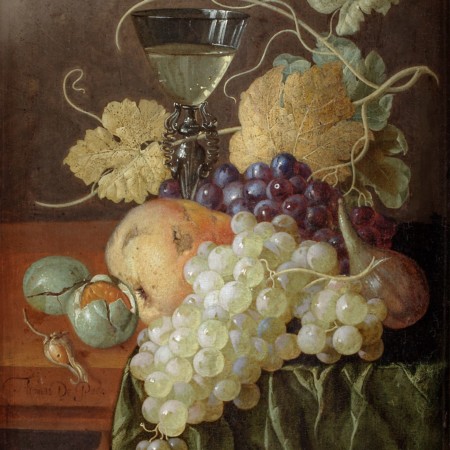
Some fruit with a glass of wine
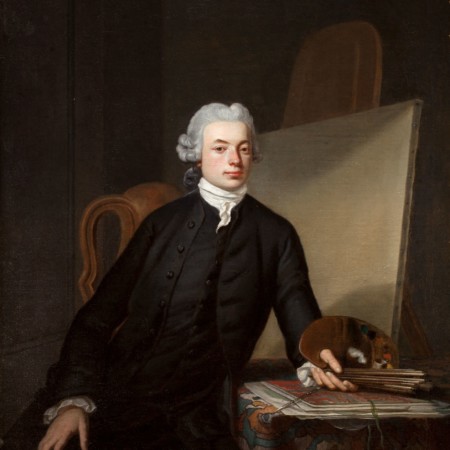
Portrait of Jan van Os
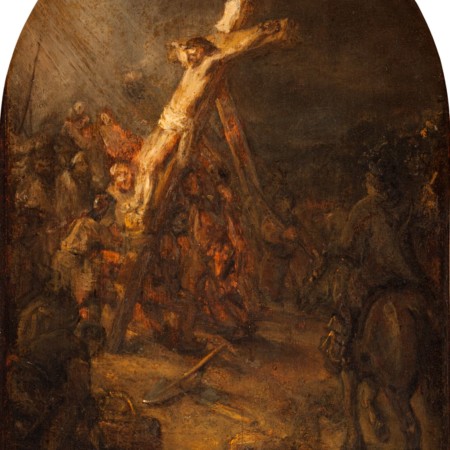
Elevation of the cross
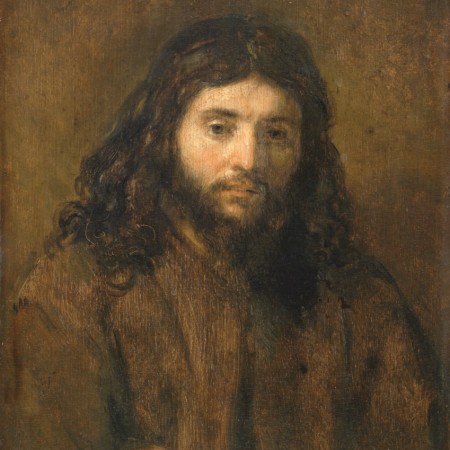
Bust of Christ
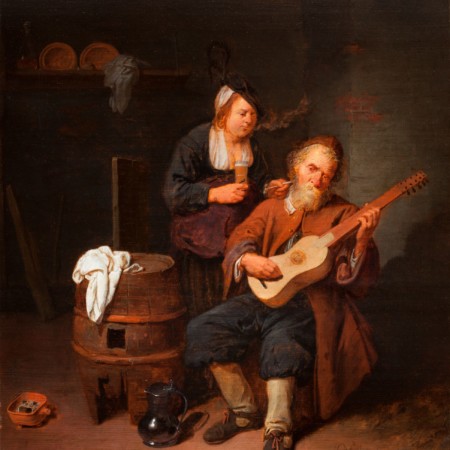
Guitarplayer
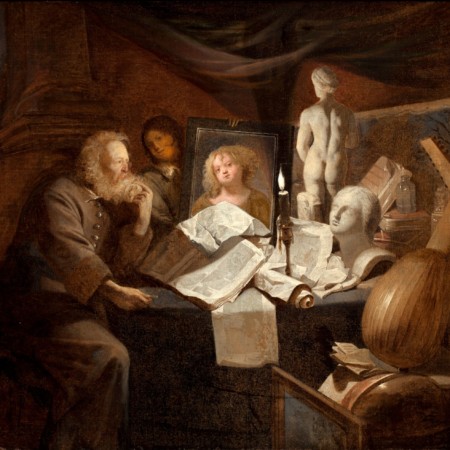
Old man with a vanitas still life
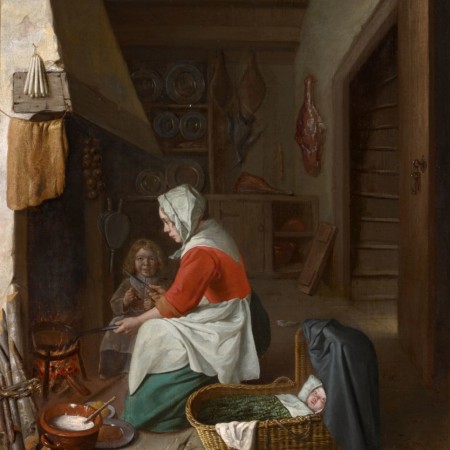
Woman baking pancakes
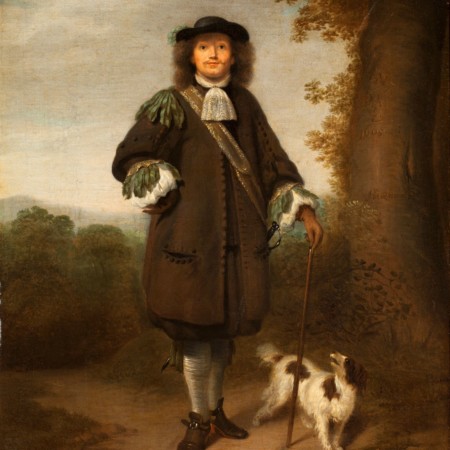
Gentleman with dog, standing in a landscape

Catch of dead birds
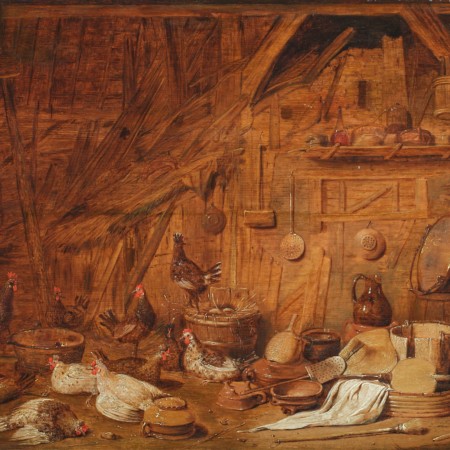
Interior of a stable with poultry
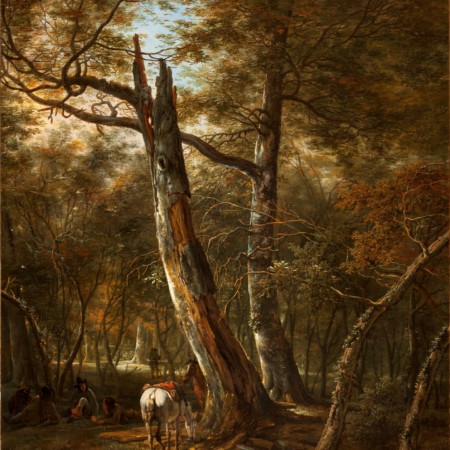
Horsemen resting in a wood
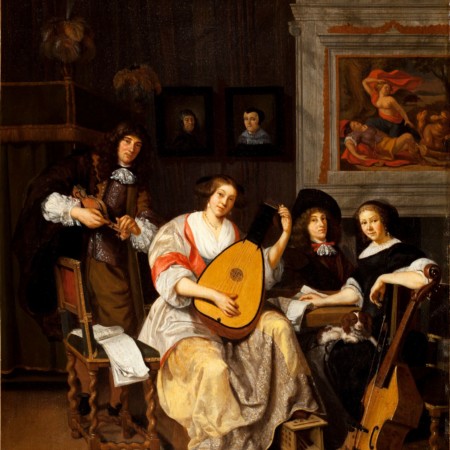
Company of musicians
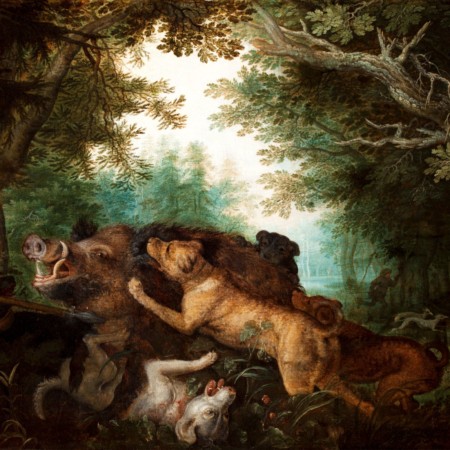
Boar hunt
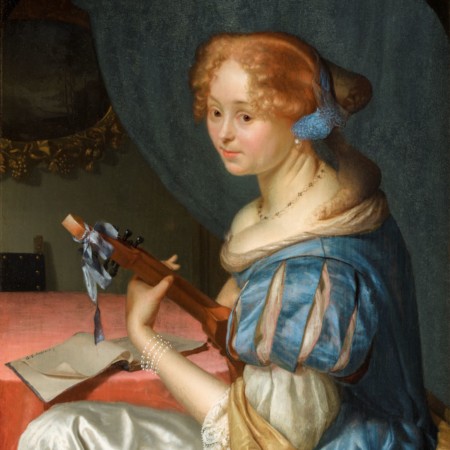
Young woman playing a cittern
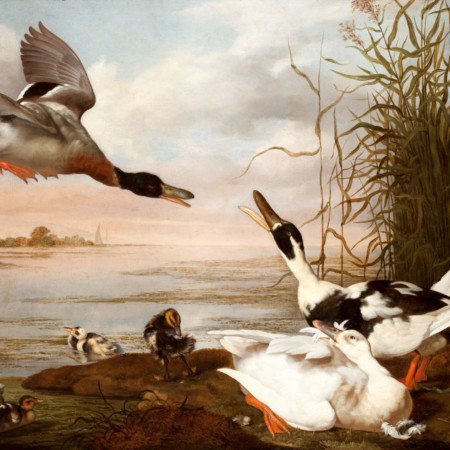
Ducks at a lake
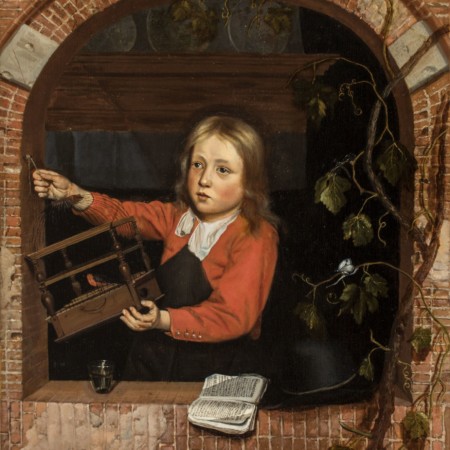
Boy with birdcage
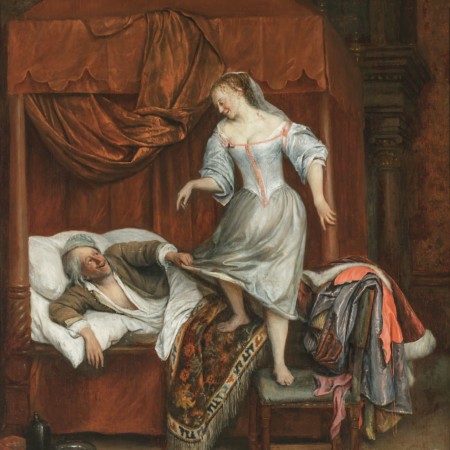
Couple in a bedchamber
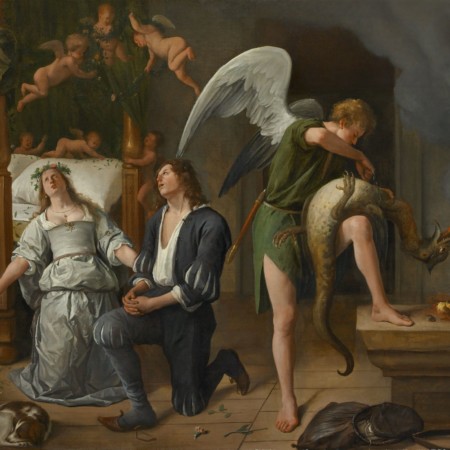
The wedding night of Tobias and Sarah
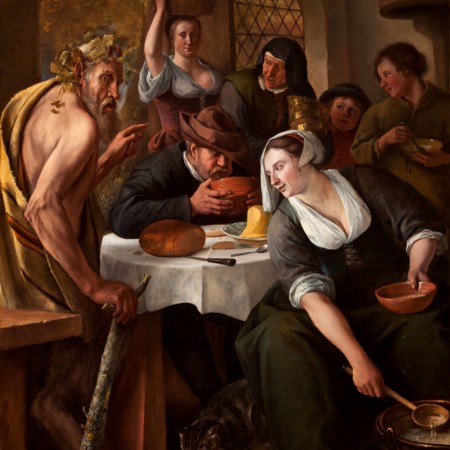
The satyr and the peasant
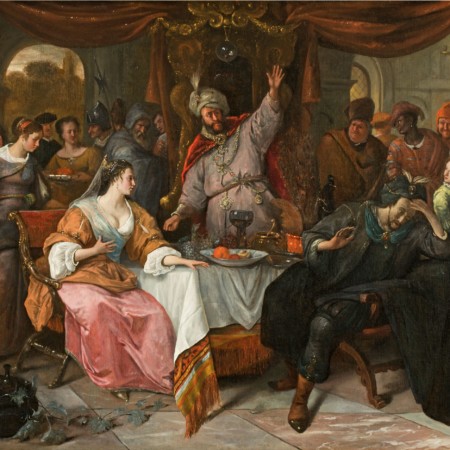
The wrath of Ahasverus
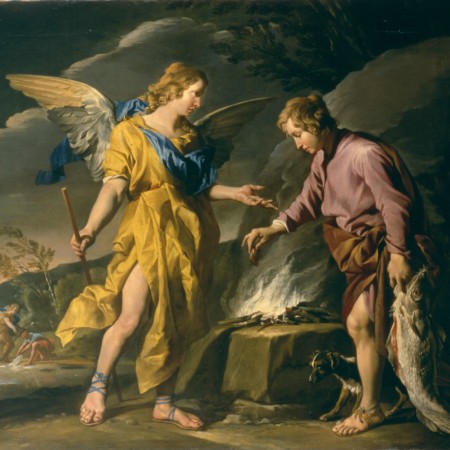
Tobias and the angel
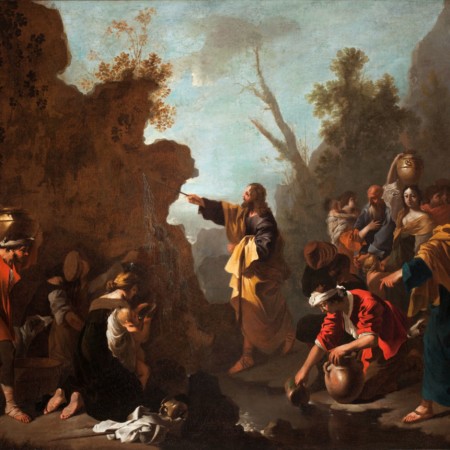
Moses strikes the rock for water
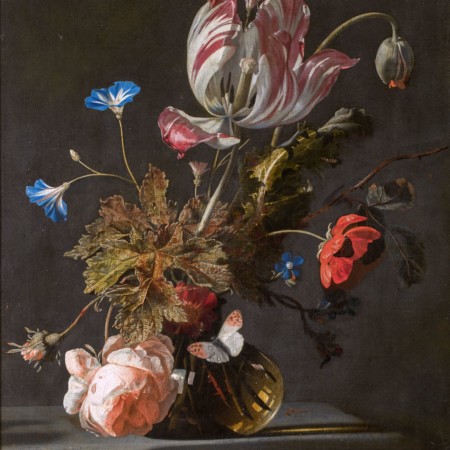
Flowers in a vase
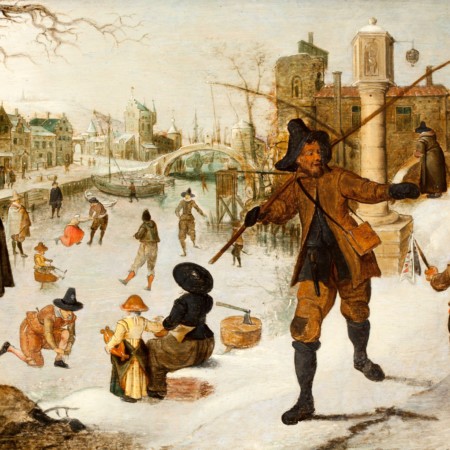
Town in winter time.
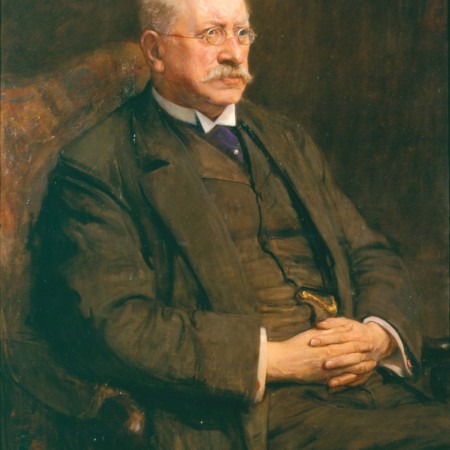
Portrait of Dr. Abraham Bredius
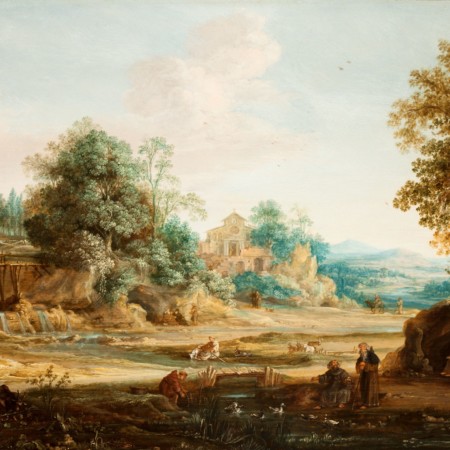
Landscape with hermits
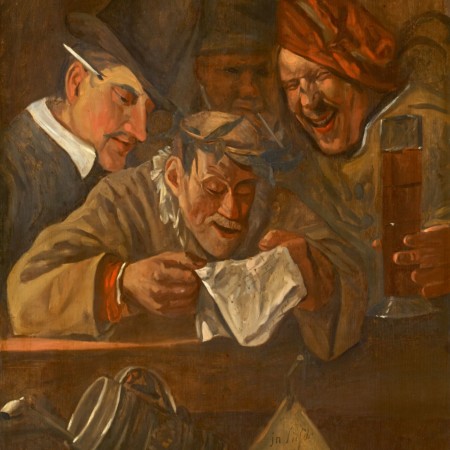
Rhetoricians
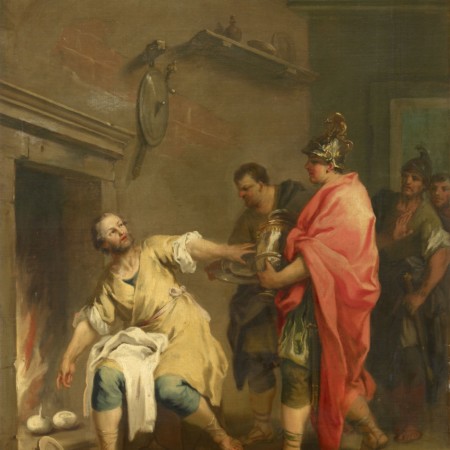
Consul Marcus Curius Dentatus prefers turnips to the Samnites’ presents.
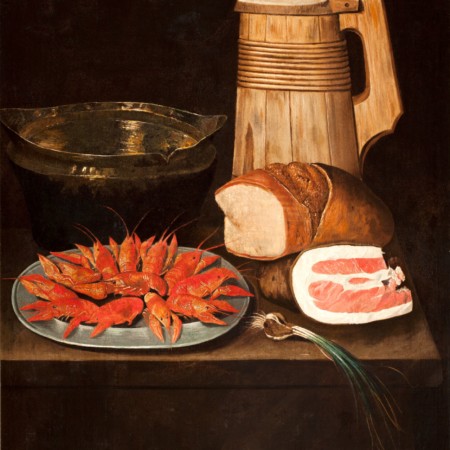
Still life
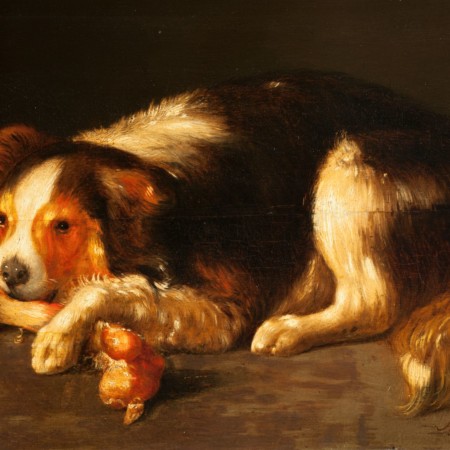
Dog with bone

Interior with winding stairs
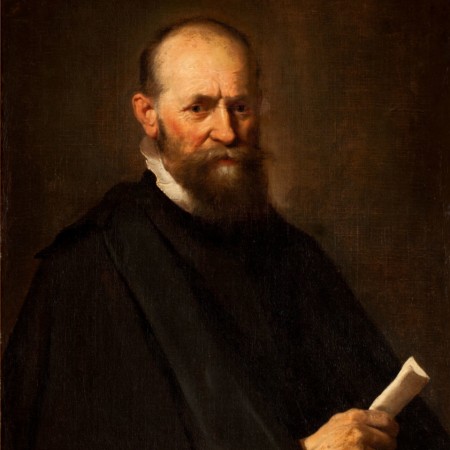
Portrait of a gentleman
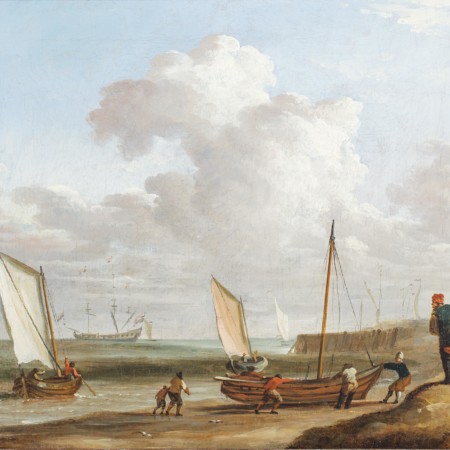
Beach with boats
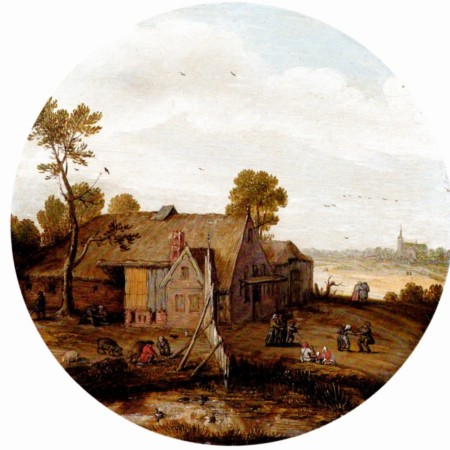
Farmhouse
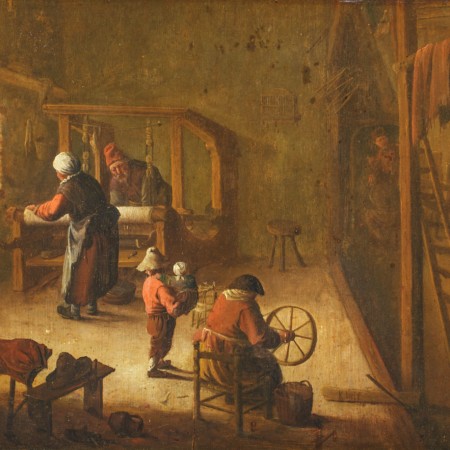
Weavers workshop
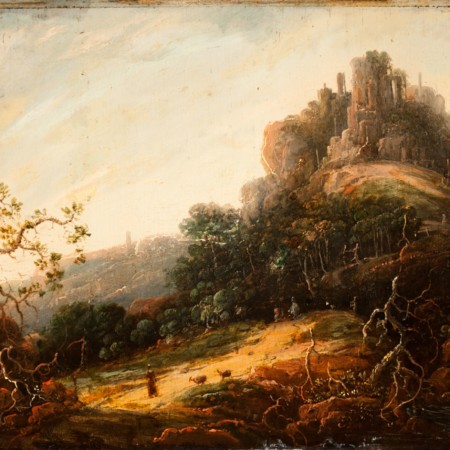
Mountainous landscape

Scene at a fair
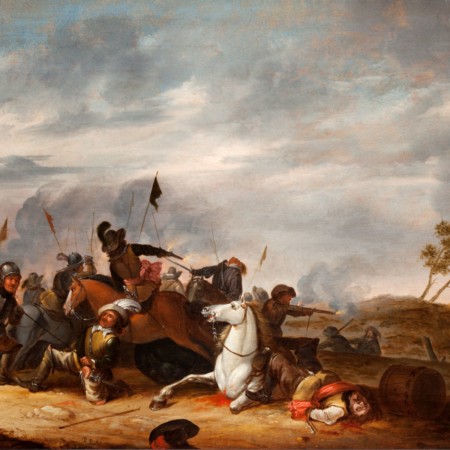
Cavalry battle
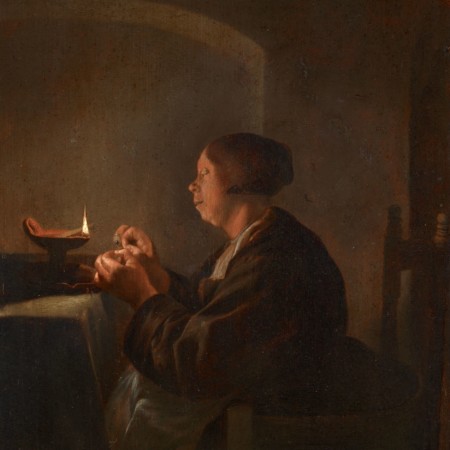
Woman by candlelight

Farmhouse on the river
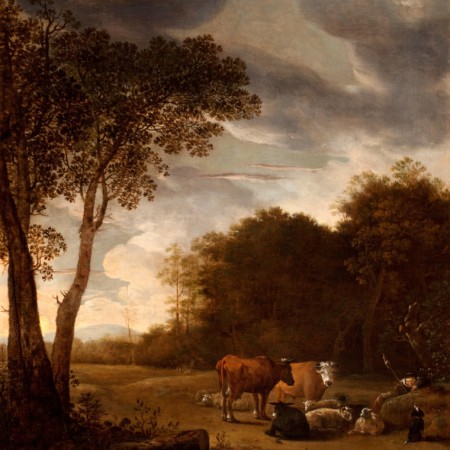
Sheltered pasture with cattle
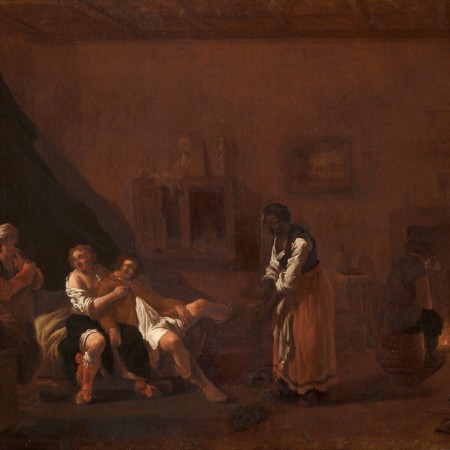
Scene in a brothel
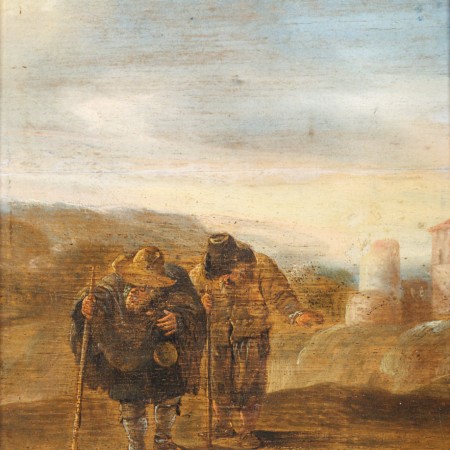
Pilgrims
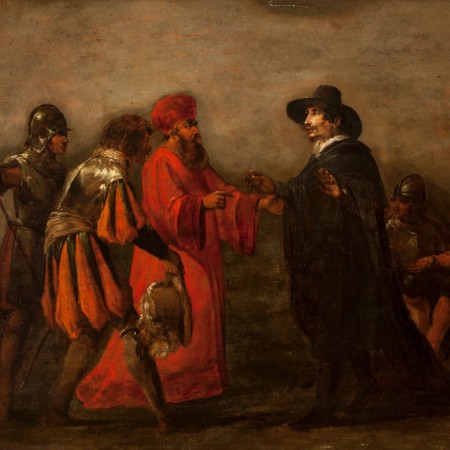
Episode from a story (?)
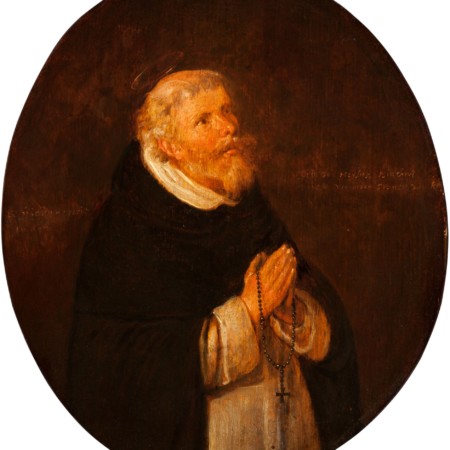
Saint Hyacinth
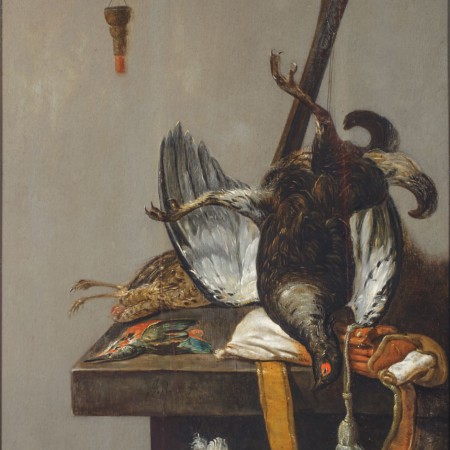
Hunting still life
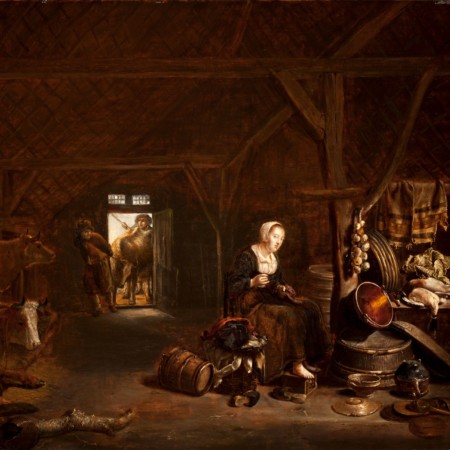
Inside a stable
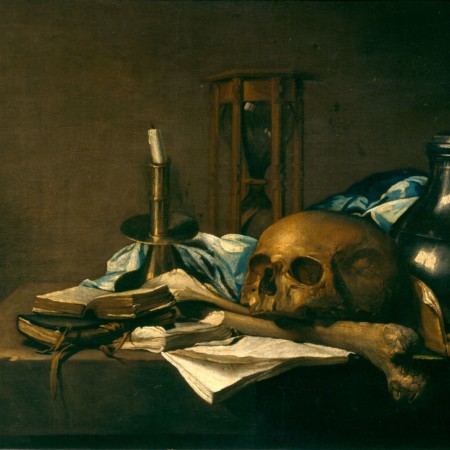
Vanitas still life
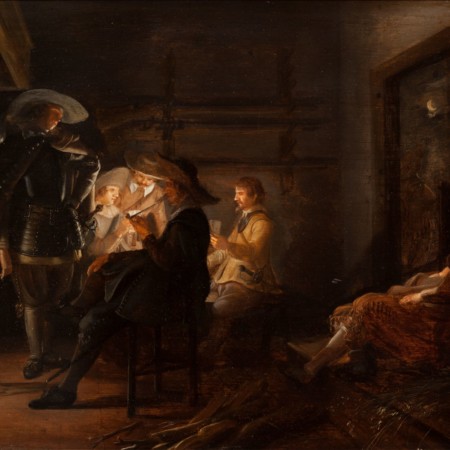
Resting soldiers

Violent robbery
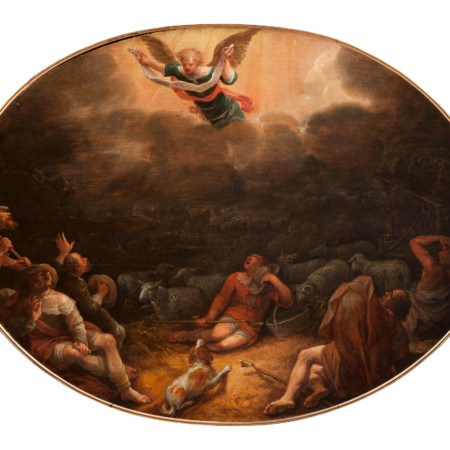
Annunciation to the shepherds

Adoration of the shepherds
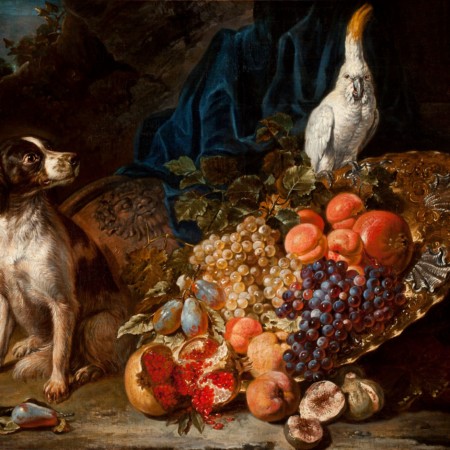
Ostentatious still life with dog and parrot

Southern landscape
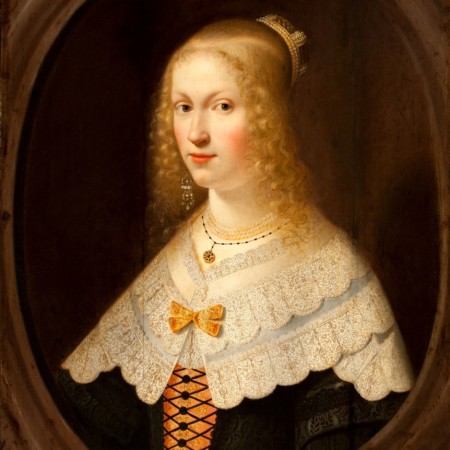
Portrait of a lady
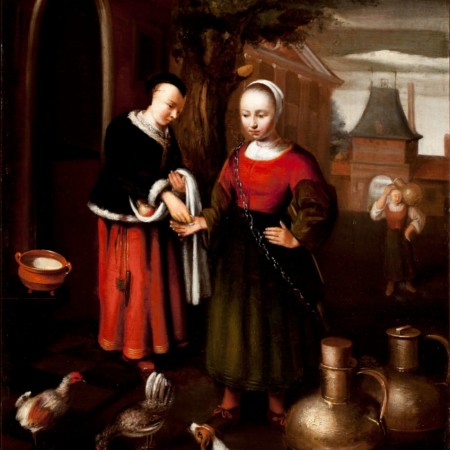
The milkmaid
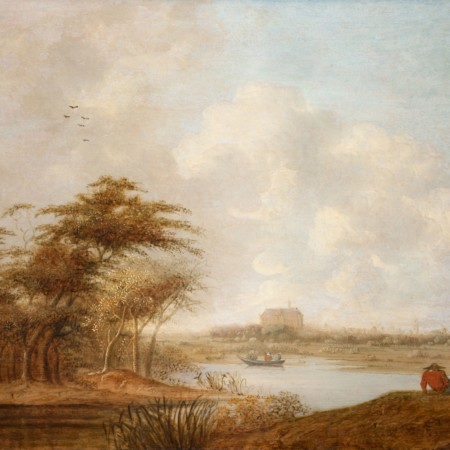
Landscape with city in the background
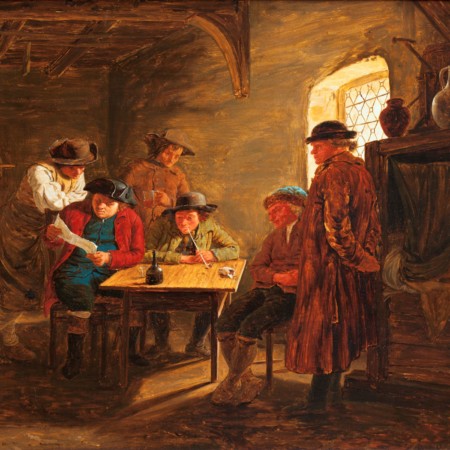
Tavern
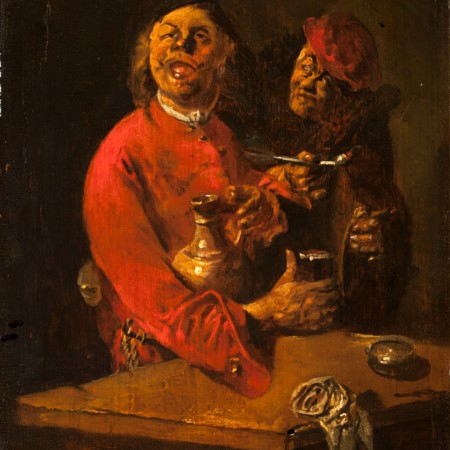
A smoker and a drinker
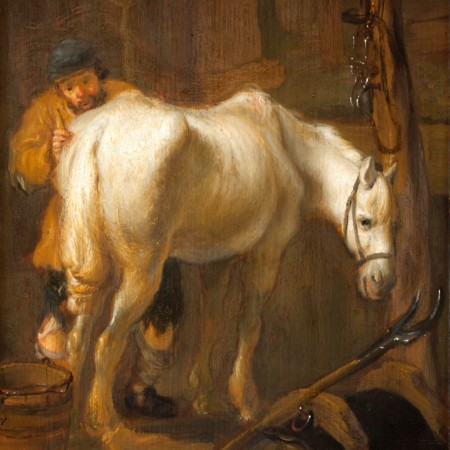
Horse in the stable
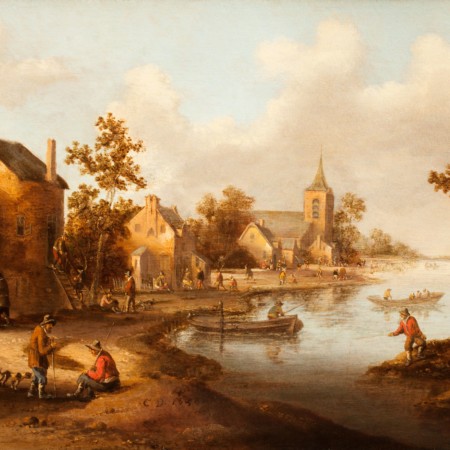
Village on the river
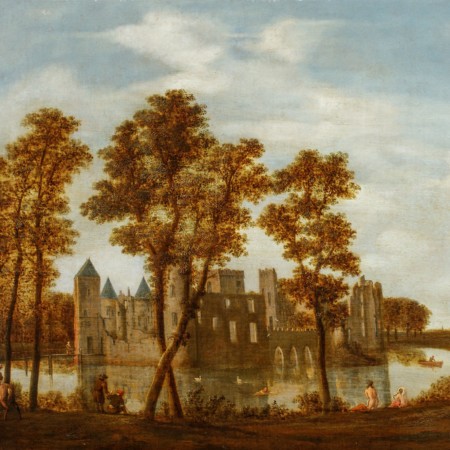
Ruin of Egmond castle

Winter scene

Portrait of a gentleman
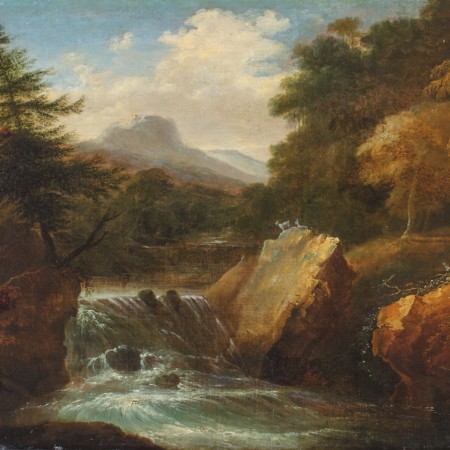
Mountainous landscape
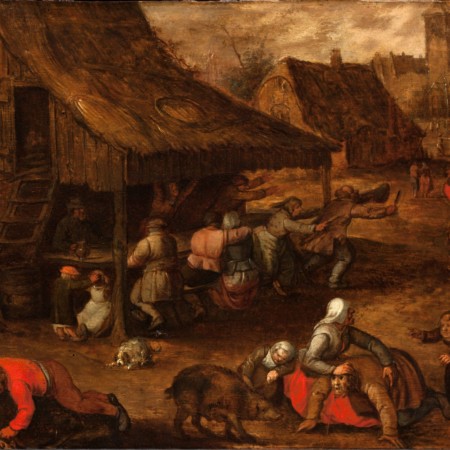
Country fair
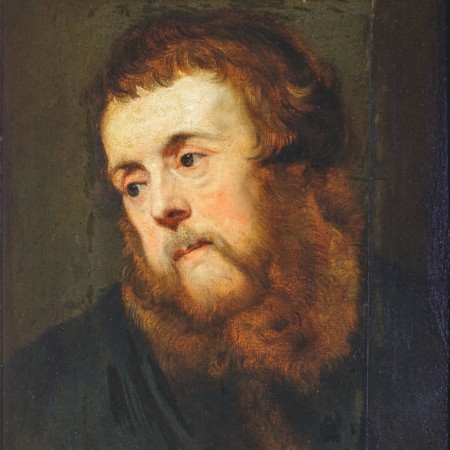
Head of a man
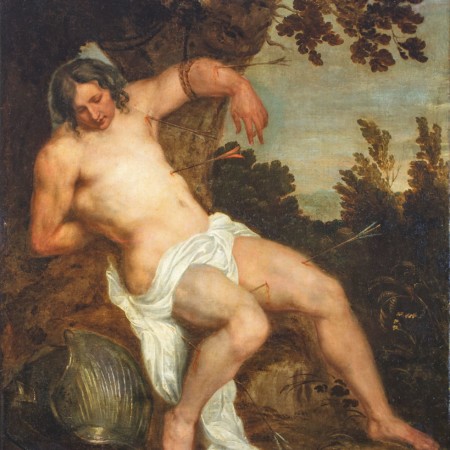
Saint Sebastian

Saint Paul bitten by a viper on Malta

Portrait of Isaack le Petit
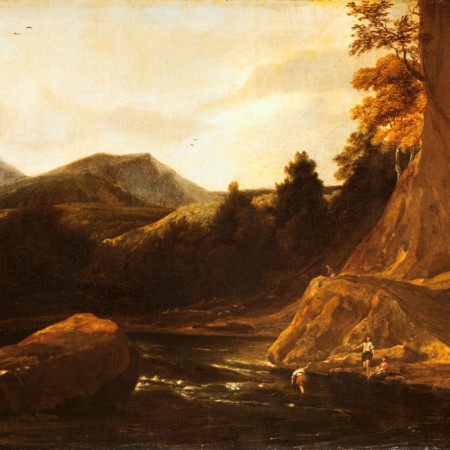
Mountain scenery
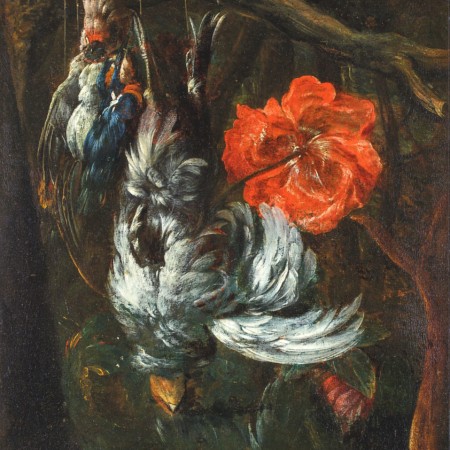
Dead birds
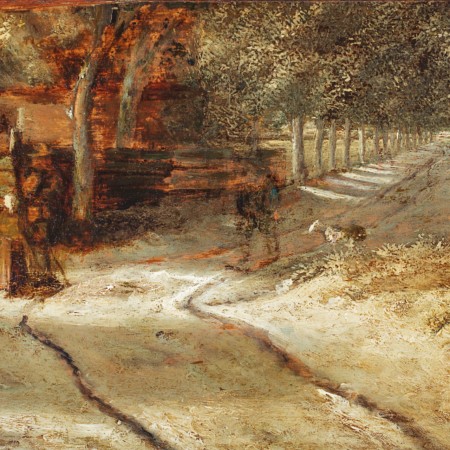
Country lane with trees
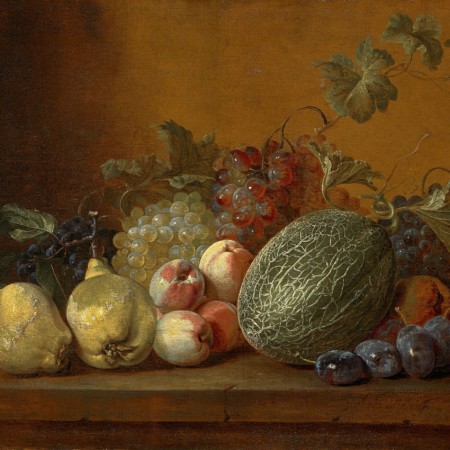
Still life with fruit

Fortress on a mountain

Young musician

Portrait of a gentleman

River landscape with country fair
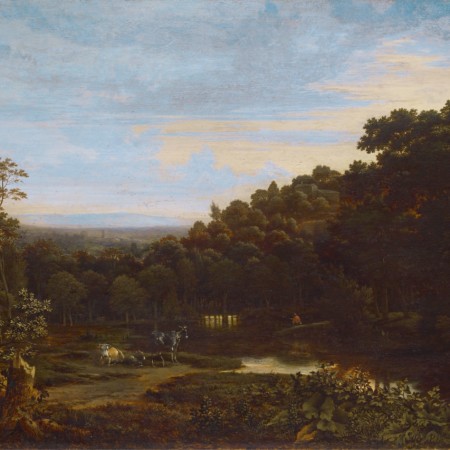
Small pasture with cattle in the woods
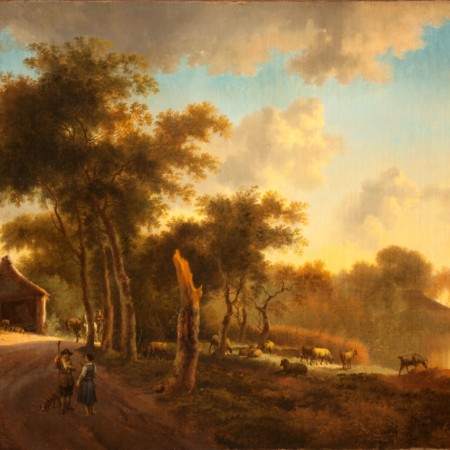
Landscape with shepherds
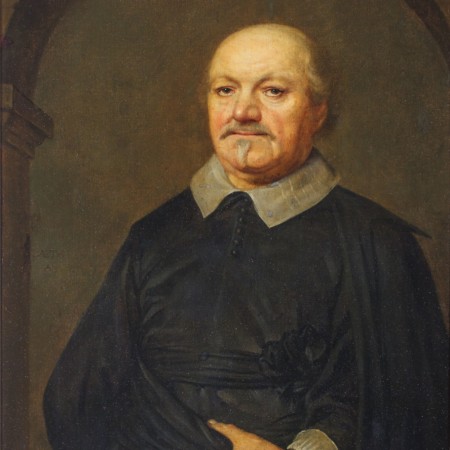
Portrait of a gentleman

Still life with fruit
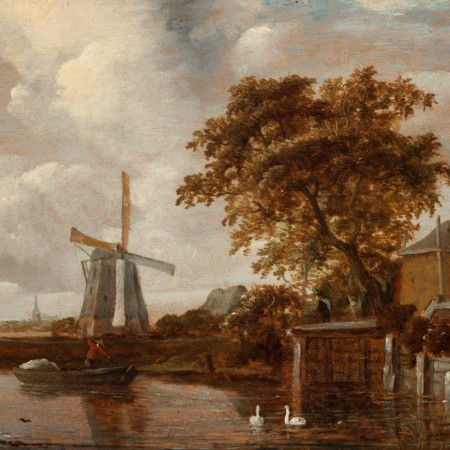
Windmill at the riverside
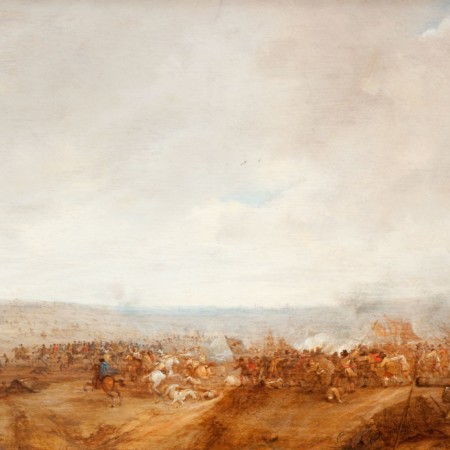
Battle
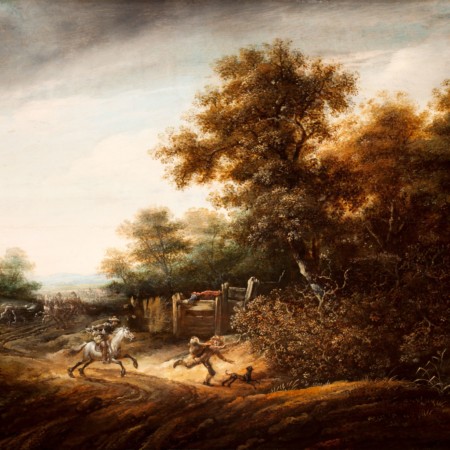
Armed hold-up
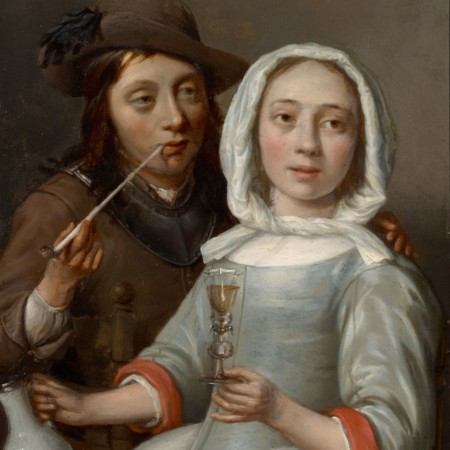
Young couple
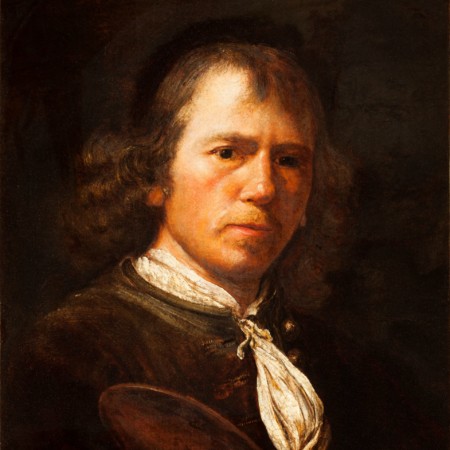
Portrait of a painter

Still life
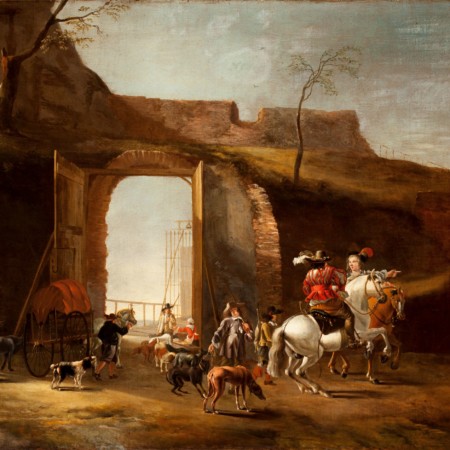
Hunters and peasants at a gate
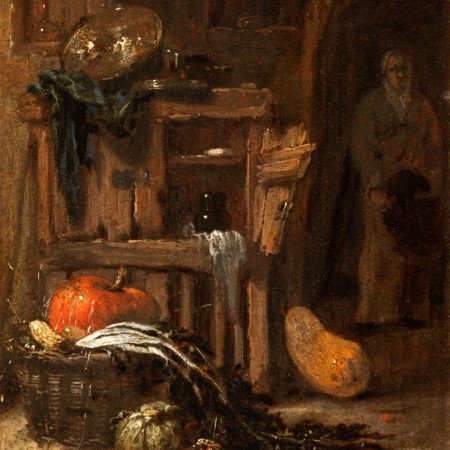
Untidy interior

The silversmith
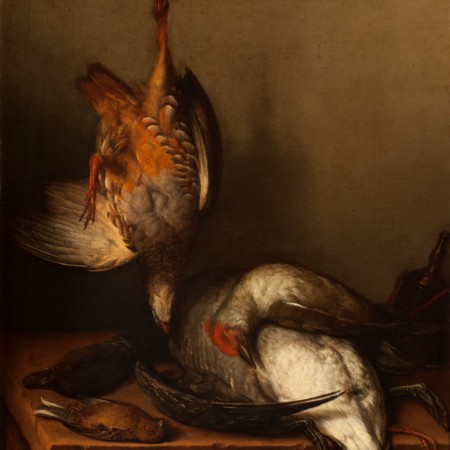
Dead birds
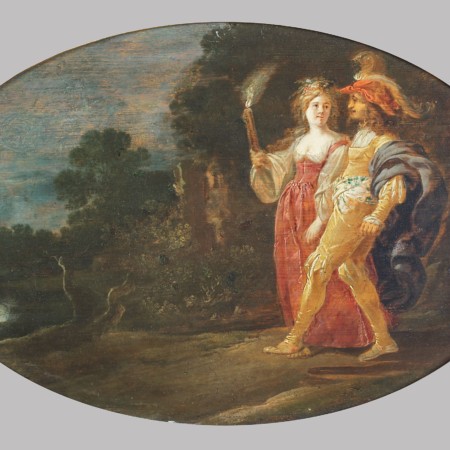
Couple in landscape at night

Cattle at a small bridge
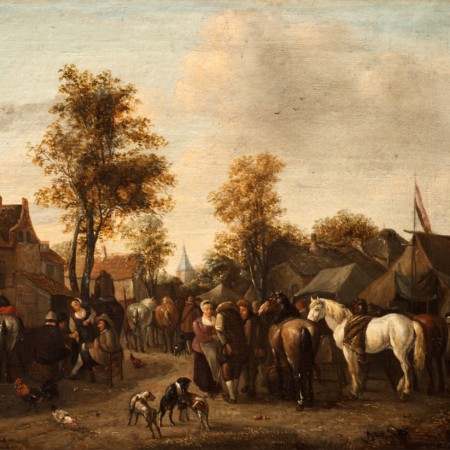
Horse-fair
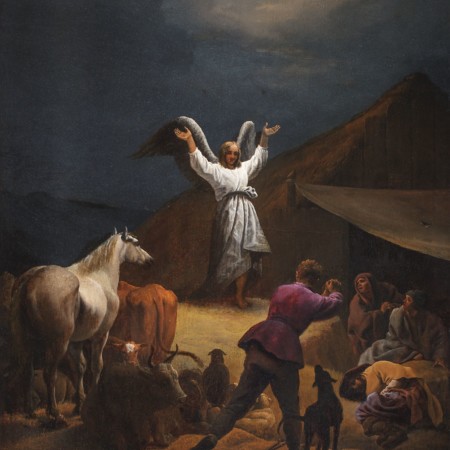
Annunciation to the shepherds
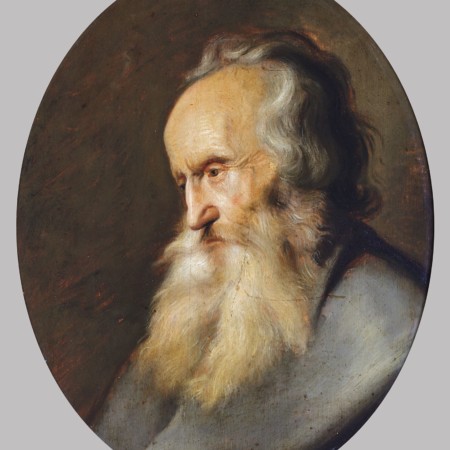
Old man
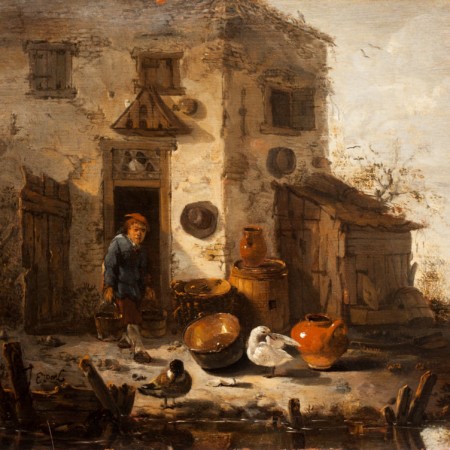
Farmyard
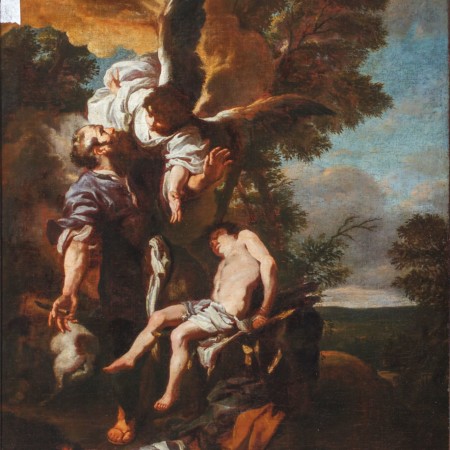
Abraham’s sacrifice
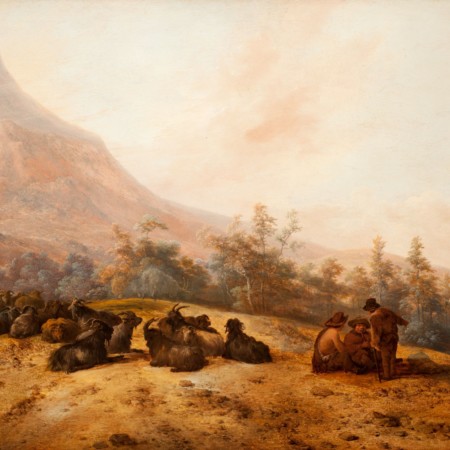
Mountain landscape with shepherds
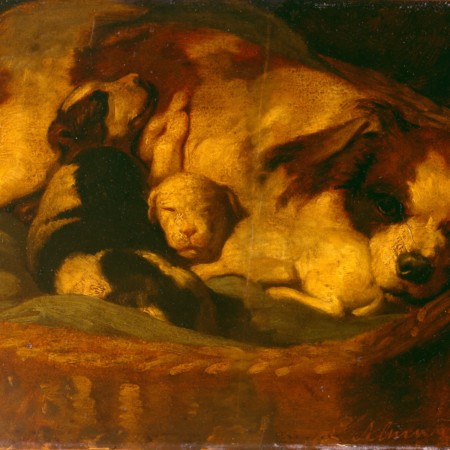
Nest of dogs

Couple at night
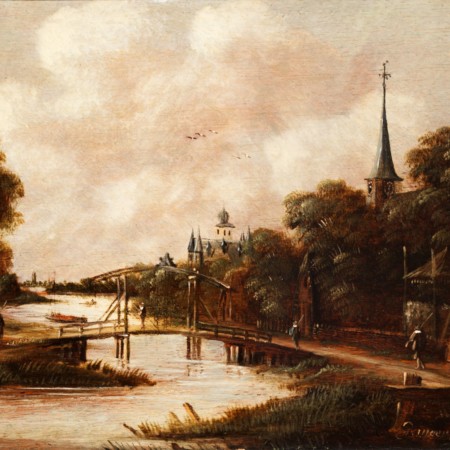
Village on a river
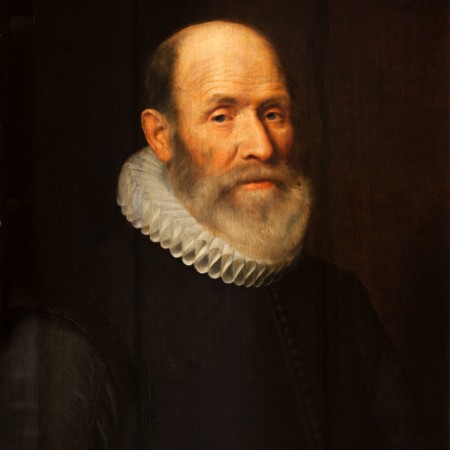
Portrait of a gentleman
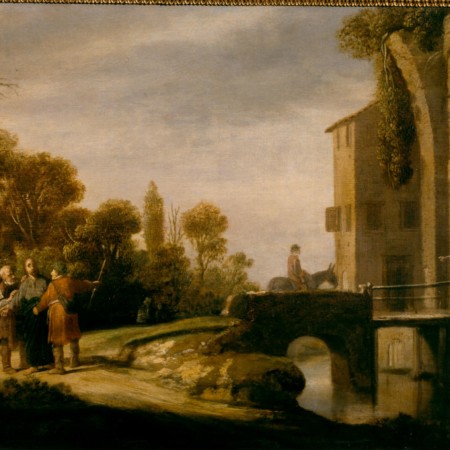
The men of Emmaus

Farmstead in the dunes
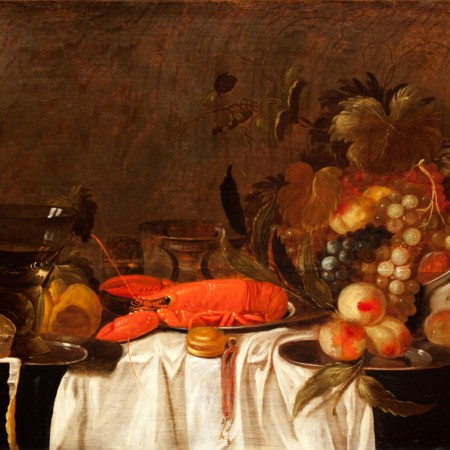
Still life
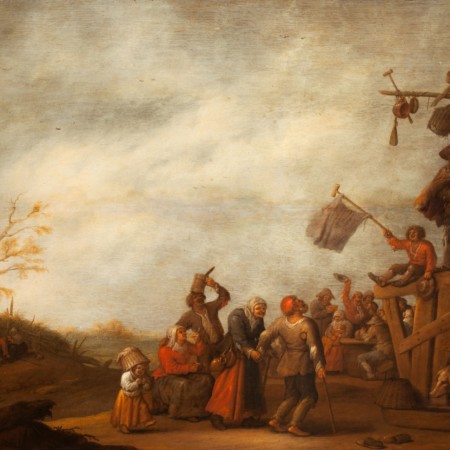
The blind minstrel
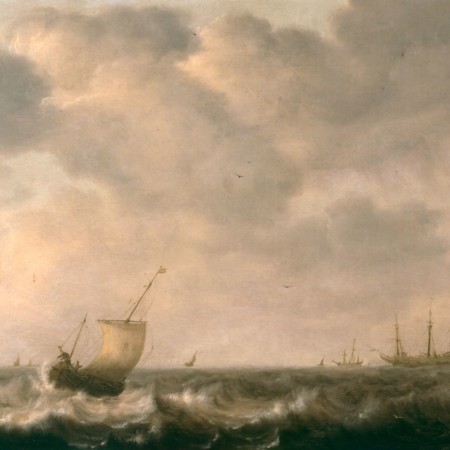
Turbulent sea
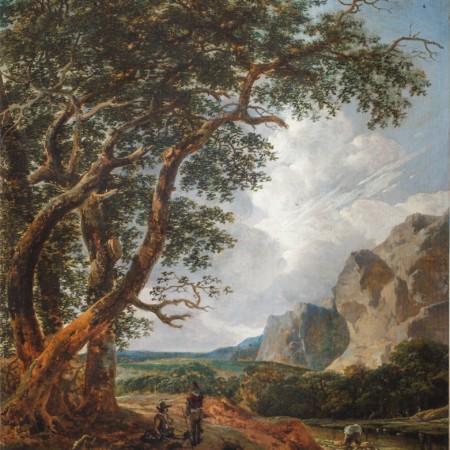
Southern landscape

Landscape at dusk
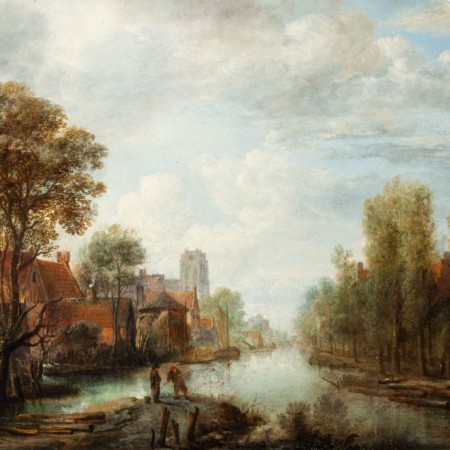
Landscape with waterway

Italiaans landschap
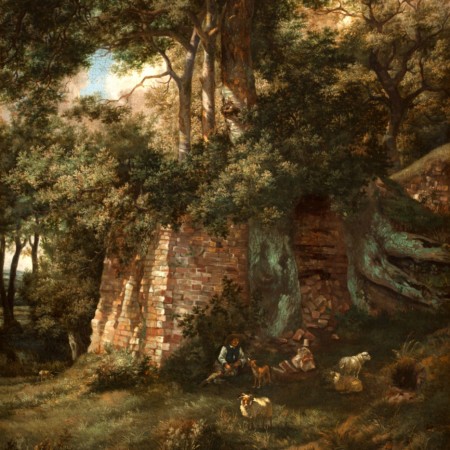
Shepherd near ruins in a wood
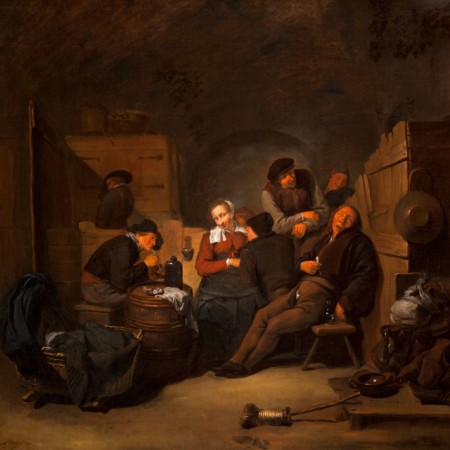
Peasants in a tavern
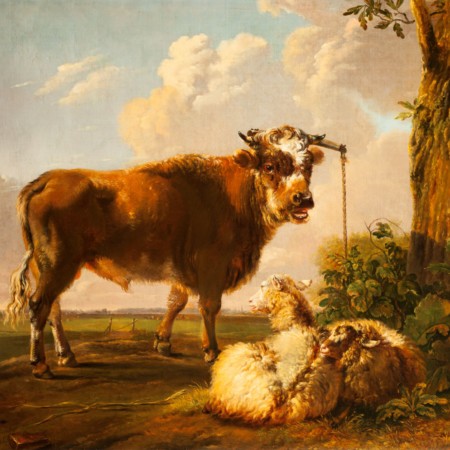
Bull and sheep
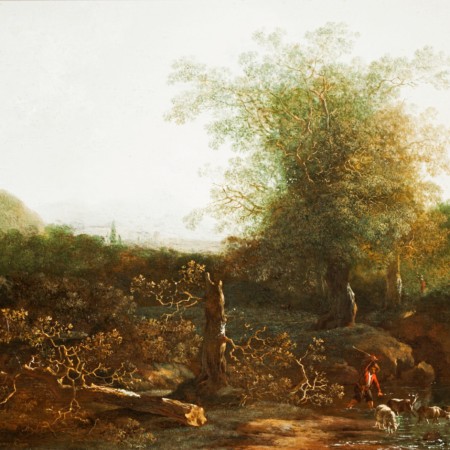
Landscape with trees and a ford
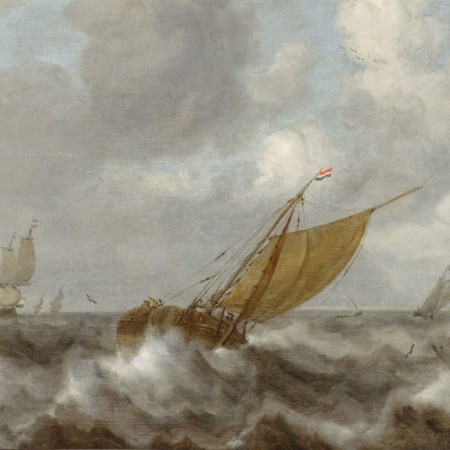
Stormy sea
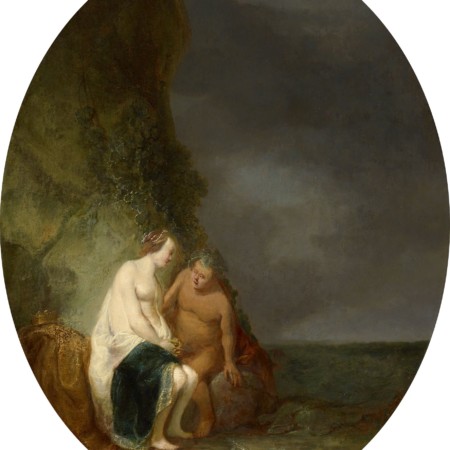
Bacchus Comforts Ariadne on Naxos
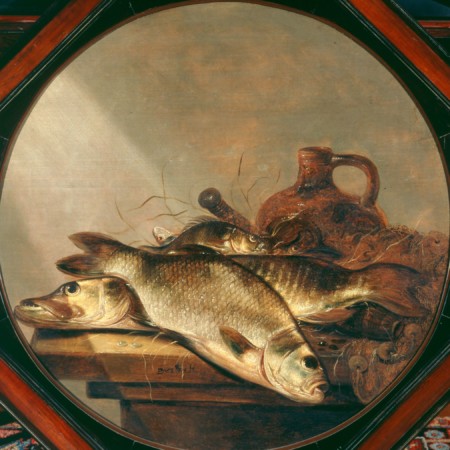
Still life with fish
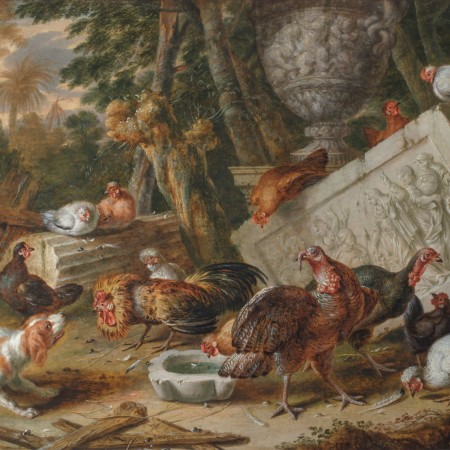
Poultry yard
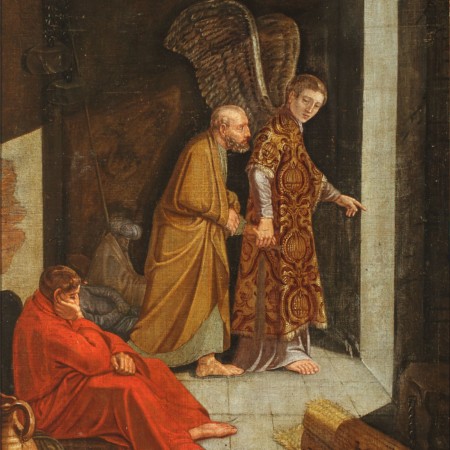
Saint Peter freed from jail
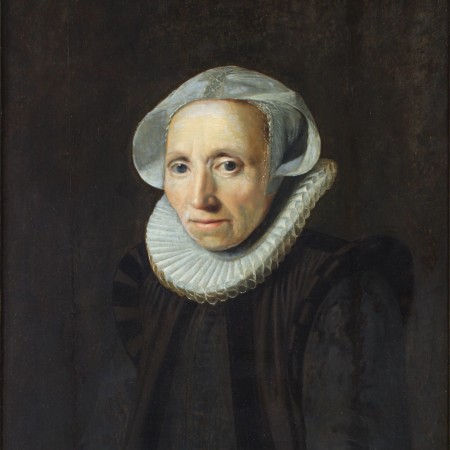
Portrait of an old lady
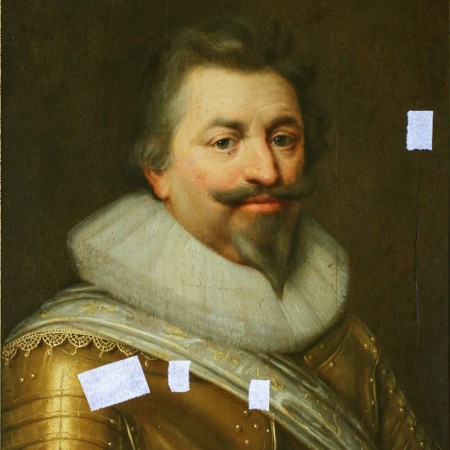
Portrait of an officer
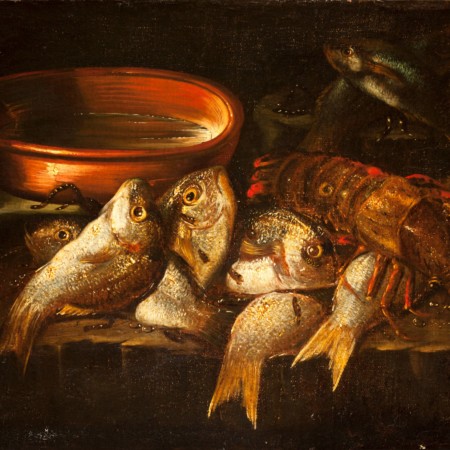
Still life of fish

The cobbler
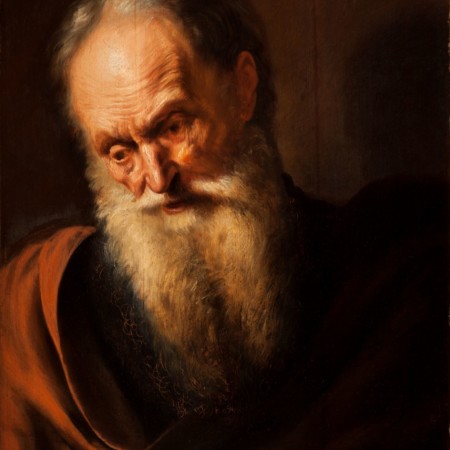
Bust of an old man
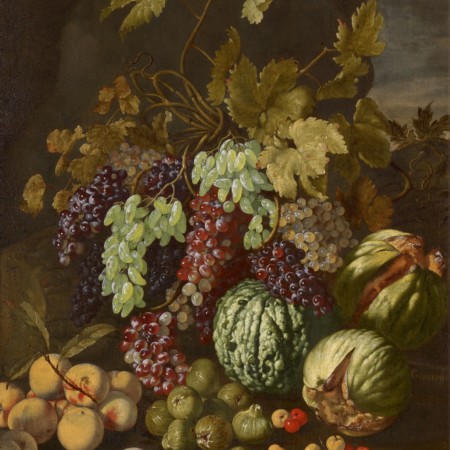
Still life with fruit
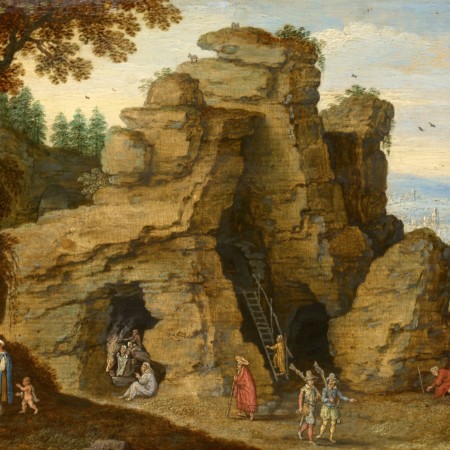
Rugged landscape with gypsies
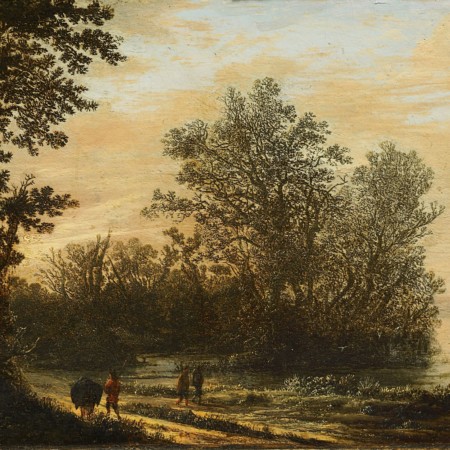
Waterfront country road
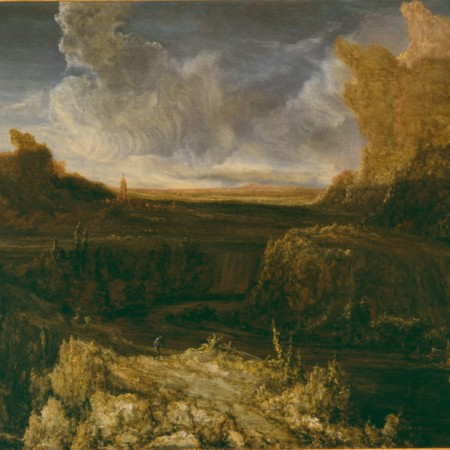
Mountainous landscape
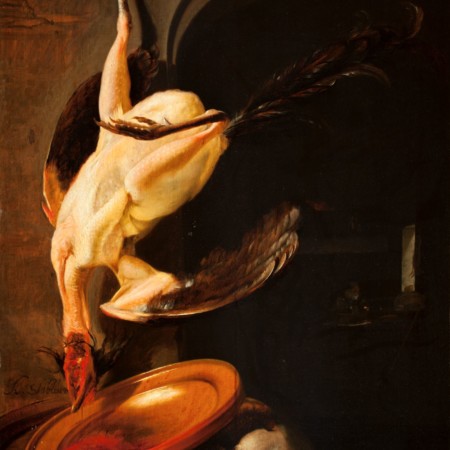
Plucked cock

Saint Peter
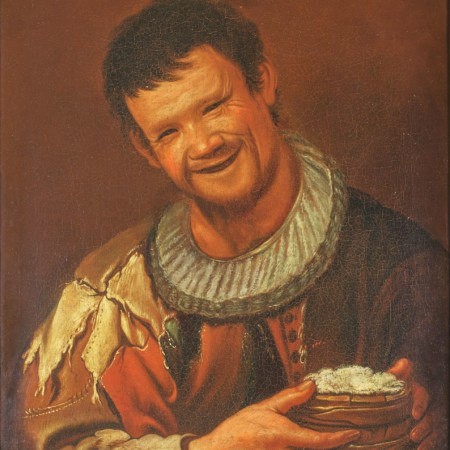
Laughing man

Fowl outdoors
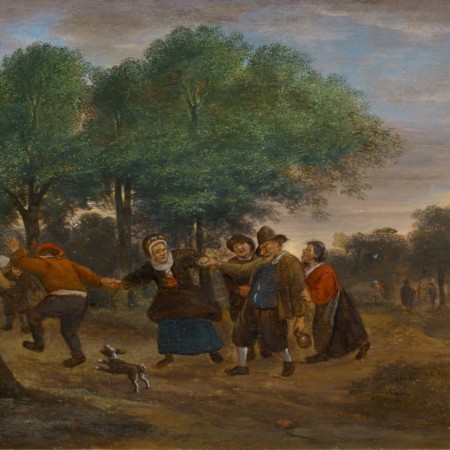
Drunkards outside Voorschoten

Adoration of the shepherds
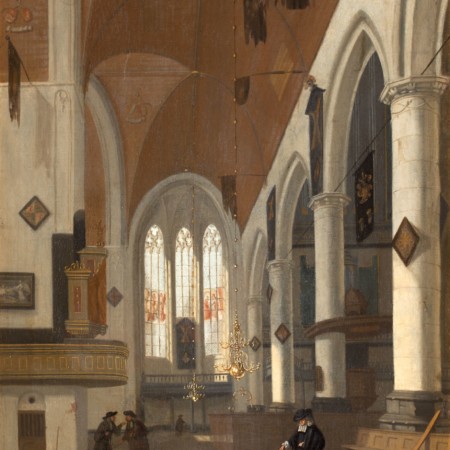
The Old Church in Amsterdam
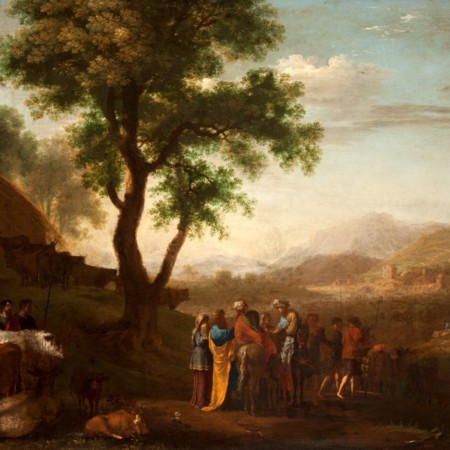
Old Testament scene
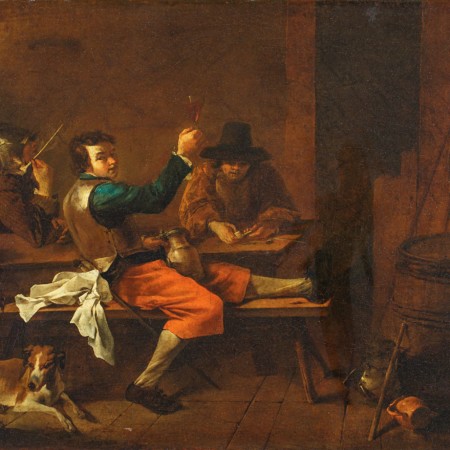
Three soldiers at an inn
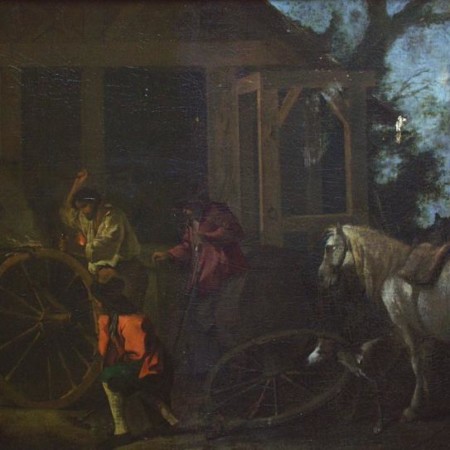
The cartwright
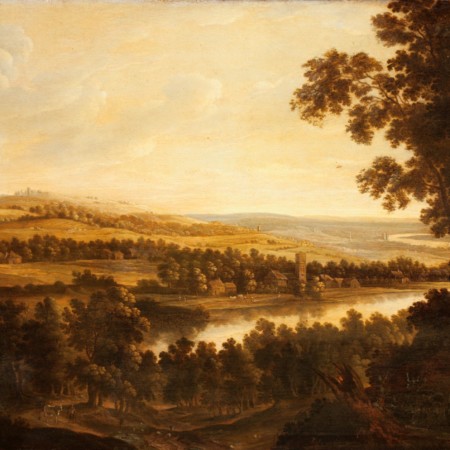
Riverlandscape
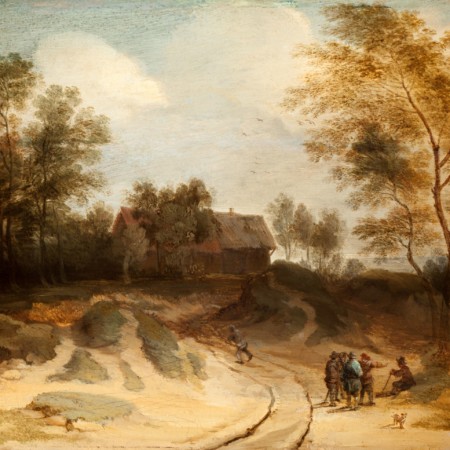
Landscape
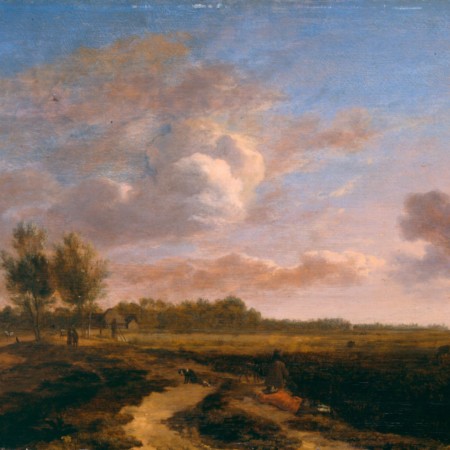
Landscape in summer

Landscape
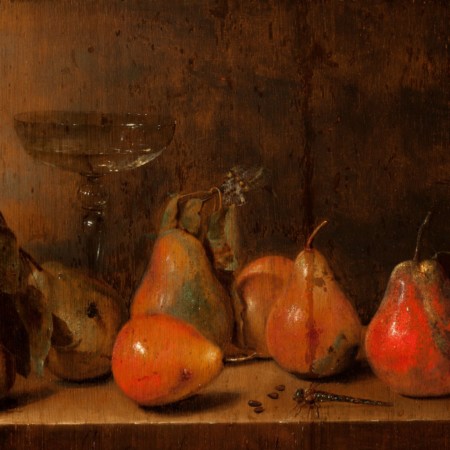
Stilleven
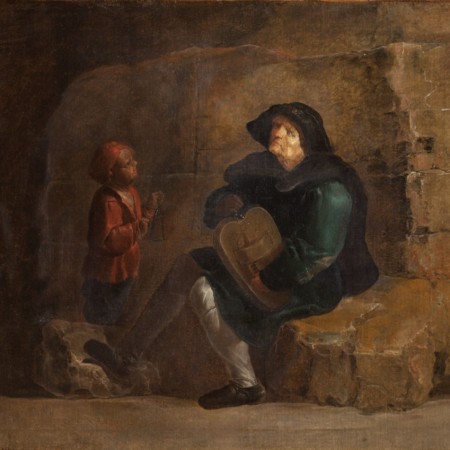
The hurdy-gurdy man
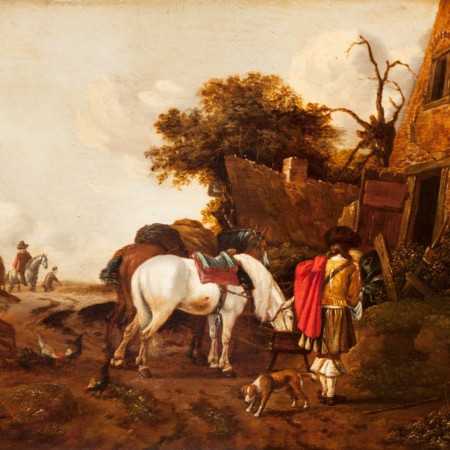
Rustende Ruiter

Landscape
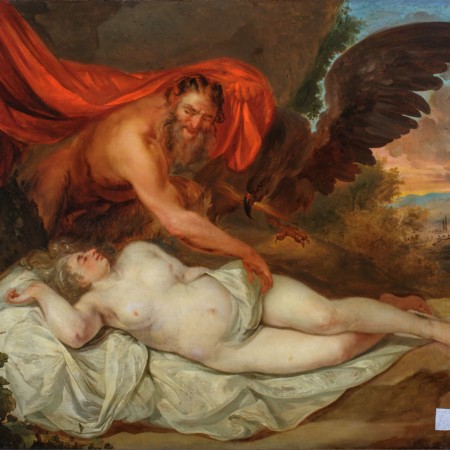
Jupiter and Antiope
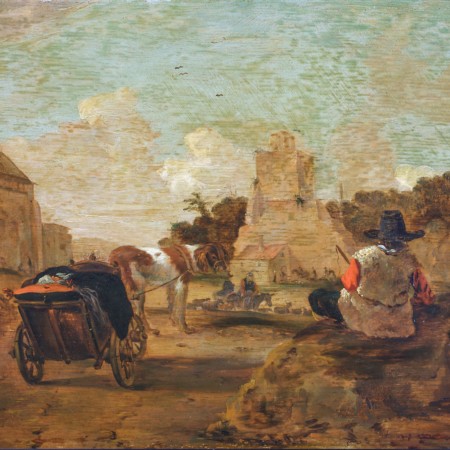
The dogcart
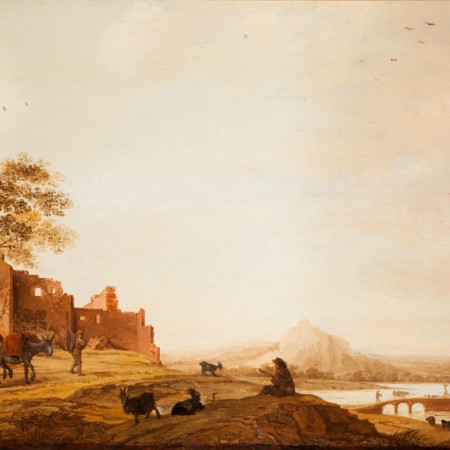
Landscape
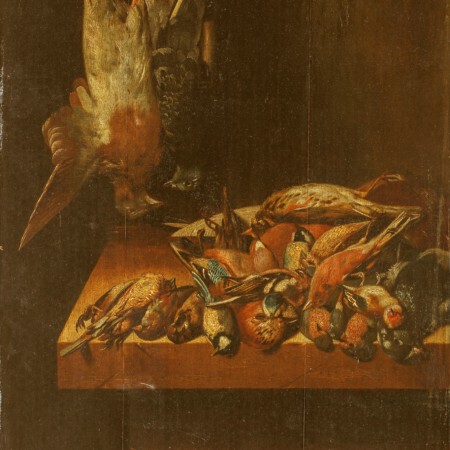
Still life with dead birds
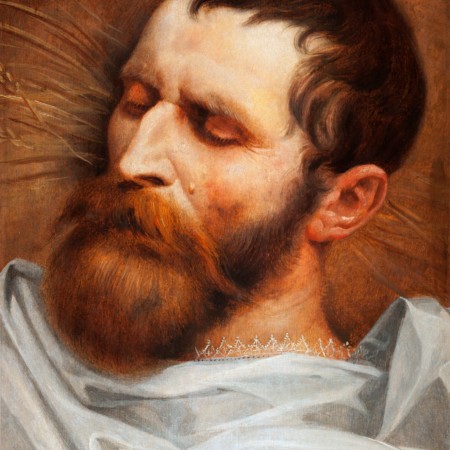
Portrait of a dead man
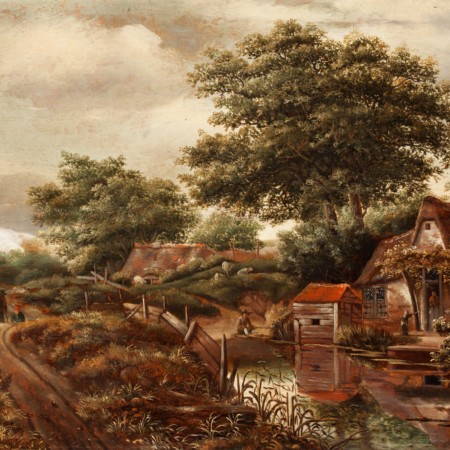
Farmstead in the dunes
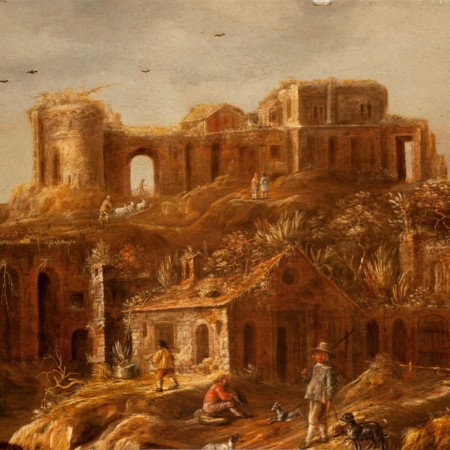
Landscape with ruins
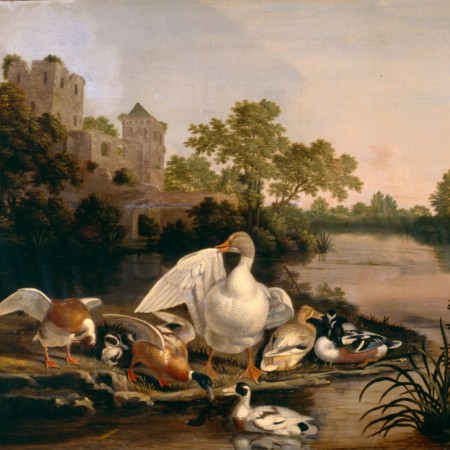
Ducks in a landscape
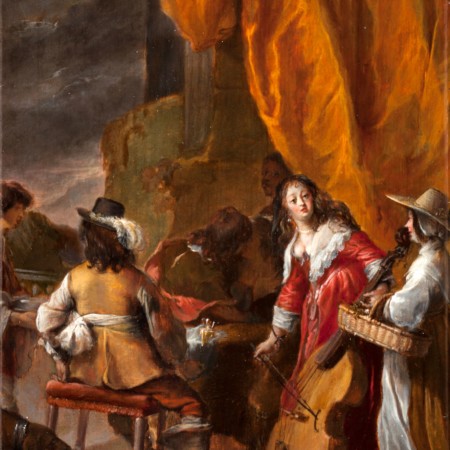
Group of people around a table
De Baen, pupil of Jacob Backer, shows himself with his painter’s attributes, his wife is holding a small portrait of a little girl. This could be a deceased daughter, or it might simply be an advertisement of the painter’s skill as a miniaturist.
Zoom inIn a tradition of richly peopled, topographically correct views of the city. It shows how even wealthy, high-status people went to the market themselves to select a pig.
Zoom inThe scene takes place in a harbour town, witness the ship’s masts in the distance and the two foreigners (a Russian or Pole and a Levantine) in the foreground.
Zoom inA similar Bellevois painting is in the collection of the Gemäldegalerie in Dresden.
Zoom inLike Covijn, a follower of Nicolaes Maes. Bisschop had some fame as a painter of trompe-l’oeil pieces, and humorous genre scenes like this one.
Zoom inThe figures are wearing 17th century costumes. The interior could be of the ‘Hooglandse Kerk’ in Leiden or of the ‘Jacobskerk’ in the Hague.
Zoom inAbout the picture: A bunch of grapes hanging in a niche, with a beautiful ribbon and some insects flying around. The captivating trompe-l’oeil effect is achieved by using contrast and shadows that create volume and depth of field. This seemingly simple still life is f illed with Christian iconography. While the grapes are the symbol of eucharistic wine and hence of the blood of Christ, the colour blue on the ribbon may allude to holiness, purity, or the Virgin Mary. Even the insects hold meaning, with the cabbage white butterfly referring to the resurrected soul.
Zoom inBosschaert became the founding father of a large family of painters, all specialized in flowers and fruit. This may be an early work of his, dated around 1615.
Zoom inThe earliest example of a ‘cortegaardje’ (corps de garde) – a group of drinking and cardplaying soldiers.
Zoom inA good quality 17th c. painting, but most likely not by Brouwer himself.
The hand under the skirt had been painted away for decency by the 19th c
Two young, richly dressed young men, smoking and drinking, are being robbed by the landlady while listening to a fluteplayer. The musician has a jack-of-clubs in his hat, a card nicknamed ‘the devil’s prayerbook’.
Zoom inVan Campen was famous as an architect (he built a.o. the Mauritshuis, and the palace, formerly city hall, on the Dam in Amsterdam). He was known as the father of Dutch classicism. The painting is in the style of Paulus Bor.
This may be an example of a theme which occurs more often in the 17th c., “the flea catcher”.
Part of the same series as nr 35-194.
Zoom inThe St. Jacob church in the Hague, in a fantasy landscape.
Zoom in(1) giving food to the hungry
(2) giving water to the thirsty
(3) burrying the dead
(4) comforting the sick
(5) giving shelter to travellers
(6) clothing the naked
(7) ransoming prisoners (Matthew 25:34)
The counterpart of this picture, a portrait of a man, is in the Metropolitan Museum in New York.. It is unknown who the subjects are: possibly they are a selfportrait of the painter and his wife, or two members of a Dutch aristocratic family.
Zoom inPainter of fantastic landscapes which remind strongly of those of Hercules Seegers.
Zoom inThe arrangement and atmosphere are typical of Antwerp style of portrait-in-an-interior, in the manner of Gonzales Coquesz.
Zoom inThe lady in this high-quality painting is reading a book by Petrarca. The rest of the text on the book is illegible.
Zoom inThe painting was restored in 1979-83. Before the restoration (see second image) it had been heavily overpainted and parts of it were cut off in the past, probably after it had been damaged.
Zoom inOn loan from Rijksmuseum, Amsterdam
Zoom inAnother ‘toebackje’ (see Elinga), quite likely one of the earliest. Also a typical vanitas painting, a calvinist form of ‘memento mori’.
See also Claeuw, Rijckaert and Miense Molenaer for vanitas paintings.
Zoom inPainter of genre scenes, mostly taverns. He painted monks more often.
A monk wearing his habit holds his drink with an almost silly expression. In this painting, Van Heemskerck takes a mocking stance in portraying a figure that should embody seriousness and modesty, probably made as criticism against the Catholic Church. The monk indulges in wine, an earthly pleasure he is technically not allowed, and even holds the goblet from its base, a custom of higher social classes of the time.
Zoom inDe Heerschop was a pupil of Pieter Claesz Heda, later also of Rembrandt. This painting was once thought to be a Rembrandt.
Zoom inThe painting has a fake signature “J.Lingelbach”. It has been attributed to J.Weenix, but is probably a 19th century copy.
Zoom inFormerly attributed to Jan Weenix and indeed it bears his signature (see second image) . It is not easy to distinguish the paintings of these two masters.
Zoom inOne of six 17th c. perspective boxes left in the world. The ground frame is triangular, all four panels are painted on the inside. The front panel, now open, used to be closed, with a peep-hole in it (plus an opening for light to pass through).
This must be one of the earliest depictions of tea drinking requisites in Dutch painting, probably about 1660-80.
Van Hoogstraeten has dressed himself up with turban, pearls and fur collar to make himself look exotic. He must have painted it while still a pupil of Rembrandt, as other Rembrandt-pupils did the same.
Zoom inThe painter was probably a pupil of Bosschaert. He went back from Middelburg to live and work in Antwerp.
Zoom inIn the past wrongly attributed to Pieter de Hoogh. Later a signature was discovered which proved it to be an Elinga.
Zoom inA ‘toebackje’, a form of vanitas painting of smoker’s attributes found more often in Dutch painting after ±1650.
The jug shows the city arms of Amsterdam.
Pupil of Rembrandt, paints in early-Rembrandt style. A similar head of a young man by Jouderville is in the National Gallery in Dublin.
Zoom inThis painting probably served as a preparation for a much larger portrait on horseback.
Zoom inThese Potter-style paintings of cattle became popular in the beginning of the 19th century.
Zoom inA portrait of an unknown 23 year old lady by the portrait- and history painter Lesire who worked in the Hague
Zoom inThe painter lived and worked in Leiden all his life, producing genre- and historical paintings and portraits.
Zoom inUsed to be called “the prodigal son as a swineherd”, but there are no swine in the picture. So “landscape with shepherds” seems a better designation. Bredius thought the ruins were a Vesta temple. It is possibly one of Moeyaert’s earliest works.
Zoom inA variation on the ‘vanitas’ theme: the art of painting itself, showing not the true, eternal world but only its transient imitation, becomes a vanitas-symbol together with the skulls and the candles
The new attribution to Molenaer is by F. Meyer (R.K.D.). Before, the painting was attributed to Hendrik Pot.
The skulls on the floor had been painted away and only came to light after a restoration in 2001.
The large building on the left must represent the ‘Mauritshuis’ but does not look like it. The painting dates from the time when this building was still under construction (1633-37).
Zoom inA theme introduced by De Momper’s fellow citizen Pieter Brueghel the Elder. The broad touch and the warm brown tonality are typical for De Momper.
Zoom inAccording to an auction catalogue from 1772, the woman is the painter’s mother. The theme is by de Moni’s fellow citizen Gerard Dou.
Zoom inAert van der Neer was hardly recognized in his own time but influenced later European landscape painting, esp. Jongkind. This piece counts as one of his best works.
Zoom inPainter of seascapes, but especially of delicately painted flower arrangements. This painting is painted very true to nature, but grouped in such a way that in reality it would be impossible for it to remain like this. The stems of the flowers could never fit like this in the vase decorated with putti. Example for the painter here was the academic Jan van Huysum (1682 – 1749), Van Os, however, goes even further in this 18th-century ‘mannerism’. We also find the bright colouring and refined execution equally echoed by van Huysum.
In 1770, the year Van Os produced these pieces, he was portrayed by Hendrik Pothoven.
Taking the flower paintings of Jan van Huysum(1682-1749) as an example, van Os is somewhat more colourful and less conventional.
Zoom inThanks to archive research by Bredius we know who the figures are: members of a prominent catholic family in Amsterdam. Ostade, also a catholic, is the man standing on the right. The man sitting is Hendrick de Goyer, steward of Heemstede, his future wife Anna Questiers is the lady in pink. Holding a letter is Catharina Questiers, a well-known personality in her time. The poets Huygens and Vondel wrote about her, and she herself composed poetry and made etchings.
Zoom inSome influence from Jan Davidsz. de Heem, who worked in Antwerp close to Mechelen, can be established.
Zoom inThe artist was painted in the same period in which he produced the two still life paintings also in this collection.
Zoom inThe picture represents a new type of Christ, which Rembrandt would use for instance in his “Men of Emmaus” now in the Louvre and in Copenhagen. Also it is related to the Christ-figure in the “Hundred guilder print”
Zoom inThe feather hat that the woman is wearing characterizes her as a prostitute. She is drinking (Taste), smoking (Smell), prodding the man with her pipe (Touch), who is playing the guitar (Hearing). Only Sight is missing, and this may have been depicted in a cut-off part of the background.
Zoom inAll the traditional attributes of a vanitas painting are present. The old man focuses on a picture of “youth” as represented by a picture of a boy, put on the table by another young man.
See also Heda, Claeuw, and Miense Molenaer for vanitas paintings.
Zoom inA woman is making pancakes in the kitchen, a baby in a crib and a young child as her only companions. Genre scenes involving women doing housework like cooking or taking care of children were common in this period. The kitchen is brought up as a female-dominated space, while the outside world was seen as the domain of men. The pancakes themselves also hold meaning in Dutch culture as a festive treat, especially during Shrove Tuesday (Mardi Gras).
Zoom inThe only known landscape, other paintings by van Rossum are portraits only.
Zoom inSalomon van Ruysdael was the great master of the Dutch river landscape lined with tall trees. Bredius as a collector had a fondness for exceptions in the oeuvre of Dutch painters. That is why he bought this still life by the landscape painter in 1909. Only seven still lifes by Ruysdael are known, all with dead birds and all dating from the years 1659-62. The ruffled feather on the left is the only detail that still indicates movement. Behind the birds, the barrel of the gun used to shoot them is sticking up..
Zoom inAn unusual thing about this painting is one dead chicken on the left foreground among ten live ones.
Zoom inSaftleven zoomed in on the trees. They are so large in the plane that their crests fall outside the image. This makes it seem as if we find ourselves in the forest. The piece used to be called a ‘hunting scene’. Rather, the guns indicate that the men are soldiers. They have dismounted from their horses to rest in the forest. A rider’s gun (or its holster) is tied to the saddle of the fungus. Hunting supplies or hunting equipment are missing. This painting is often considered the masterpiece of the master.
Zoom inA high-quality painting of an almost unknown painter. It probably depicts a family group, with portraits of their parents on the wall behind. Making music together symbolizes harmony and measure or temperance.
Zoom inThe painter worked for two years in the service of Rudolf II in Prague. This landscape, too, looks east-European.
Zoom inSchalcken was famous in his time and worked a.o. for king William III in London. This painting, somewhere in between a true portrait and a genre piece, with its suggestion of erotic overtones, may be an idealized version of Schalcken’s wife, Francoise van Diemen (see her portrait by Schalcken).
A cittern is a kind of flat-backed lute.
More certainly a Spruyt than the inv. 105-1946 as this master has painted more examples of scenes with ducks in the foreground, one flying in, and a lake in the background.
Zoom inInfluenced by Gerard Dou and F. van Mieris. The birdcage is common in the 17th c. iconography of Love. Perhaps the boy is a kind of Cupid.
Zoom inHere an old(?) man with a red nose peeks under the skirt of a not unwilling young woman. We are looking at a brothel-scene here: the red clothing of the woman makes it likely that she is a prostitute. The pipe leaning against the chamberpot also points in this direction: ‘cleaning one’s pipe’ is an old eufemism for visting a brothel.
The liquor bottle and the man’s red nose are an indication of excessive drinking. The brazier, the slippers and the stockings serve as sexual allusions.
Used to be two different paintings, joined in 1996. Left part owned by “‘s Rijks dienst voor verspreide kunstvoorwerpen”.
Steen’s teacher Knupfer produced a Tobias and Sara that was his example for this scene.
For the story, see the biblical book of Tobit.
After a fable by Aesop. The satyr finds man’s behavious baffling: the farmer blows in his hands to warm them up, and he blows over his soup to cool it down. I.o.w. he tries to reach two opposite results with the same act.
Original fable here: The Man and the Satyr
King Ahasuerus rises in fury as his wife Esther reveals the treachery of his chief minister Haman, who cringes to the left.
According to Bible (the book of Esther) , Haman plotted to massacre the Jews in the Persian empire. Queen Esther summoned the two men to a banquet where she revealed the plot and her own Jewish identity. The King’s angry reaction and a peacock pie – symbol of Haman’s fallen pride.
Zoom inDutch caravaggist Stom or Stomer worked in Italy. More than 150 paintings by his hand are known; this is one of the few signed works. Two scenes from the apocryphal Bible book Tobit are depicted. In the background, Tobias junior, with the help of his guardian angel Raphael, texts a dangerous fish from the water. In the foreground, they roast it over the fire, but retain the entrails. These come in handy later to drive out an evil spirit, as depicted in the Jan Steen painting ‘the wedding night of Tobias and Sarah’.
Zoom inBy the same hand as an “adoration of the kings” in the museum in Dijon.
Zoom inOne of the few signed paintings of this master. This painting was made in the same year (1669) Verelst settled in London. It is possibly this Verelst painting which Samuel Pepys describes in his diary (1660-69):
“…the finest thing I ever saw in my life, the drops of dew hanging on the leaves, so as I was forced again and again to put my finger to it to feel, whether my eyes were deceived or not”
Probably part of a series of paintings depicting “four seasons” or “twelve months”.
Zoom inTypical of the Bredius collection, Bredius always looked for exceptions in an artist’s oeuvre, is this piece, the only (known) painted landscape by the Haarlem sailor and marine painter Van Wieringen, pupil of Hendrick Vroom. However, landscape drawings and etchings by him are known.
Zoom in“Rederijkers” (rhetoricians) were aristocratic amateur poets who used to meet in chambers to practice their art.
This is (a 19th century copy of) a painting Jan Steen made for a bet with Frans van Mieris, about who would be the fastest in producing a painting of a certain size.
Dentatus, who lived as a simple farmer but was a consul of Rome, refused a bribe from the Samnites, arguing that he would rather eat turnips and that it was more honourable to conquer those who possessed gold than to own it oneself.
Zoom inThe old-fashioned style of composition gives a somewhat stiff and awkward impression.
Zoom inThe painting has a fake signature of A. Cuyp, is probably a 19th c. forgery.
Zoom inBredius acquired this piece because he thought it might be a Rembrandt (“just a head cut out of the anatomy lesson of 1632”); later he judged it to be by Ferdinand Bol. Now it is attributed to the Amsterdam portrait- and history painter Jacob Backer, pupil of Rembrandt.
Zoom inStolen from the Bredius Museum april 1997, lifted from the frame. Still missing! Any information of the present whereabouts can be reported to your local Police station. Or E-mail directly to the Museum (info@museumbredius.nl). A reward is offered by Nedeb. B.V. to anyone who can offer information leading to the recovery of the painting. contact info@nedeb.nl
Zoom inA genre of painting in which the Haarlem painter C. Decker was a specialist. Beelt is influenced by this master but not quite on the same level.
Zoom inThe branches lighting up against a dark background are typical of A. Bloemaert.
Zoom inThe dovecot on the roof of the house characterizes it as a brothel.
Zoom inVan Borssom is one of those many ‘small’, unknown Dutch masters who nevertheless reached a high artistic level. ‘Farmhouse on the river’ was considered a “capital painting” by Cornelis Vroom, “entirely in the manner of Hobbema”. Bredius bought it in 1892 and recognised Van Borssom’s hand in it.
Zoom inVery much in the tradition of similar groups of cattle in pastures lined with trees, by Paulus Potter, C. Dujardin and Adriaen van de Velde.
Zoom inFormerly also known as ‘the return of the prodigal son’
Zoom inA man in 17th c. West-European dress is greeted by a rabbi or an imam who is accompanied by an officer in late 16th c. dress and two soldiers. Bramer did a lot of illustrating of stories that were well-known in his time but it is unknown which one is meant here.
Zoom inProbably cut out of a larger painting.
St. Hyacinth is the patron saint of pregnant women and of people who are drowning.
Possibly the Leiden painter Justus Brouwer (1646 – after 1677) but there are other painters called J. Brouwer known from documents.
Zoom inThe lady inside has taken off her stocking and is mending it. In the 17th c., this is often a sign of erotic motives.
Zoom inThe skull, the bone, the candle, the hourglass and also the books with their wordly wisdom, are all symbols of ‘Vanitas’ or earthly vanity.
See also Heda, Rijckaert and Miense Molenaer for vanitas paintings.
Cletscher was a military man and a painter. The ‘cortegaard’ (corps de garde) painting is influenced by the Amsterdam painter Willem Duyster.
Zoom inColijns was a painter of biblical scenes. Counterpart of nr. 155.
Zoom inColijns was a painter of biblical scenes. Counterpart of nr. 154.
Zoom inThe accumulation of luxury fruit, silverware and exotic birds, together with a dog, is typical of Flemish still life-painting of the second half of the 17th c.
Zoom inAnother one in a long tradition of Italianising landscapes. The painter himself never left the Netherlands.
Zoom inThe rather formal style makes it seem old-fashioned (for 1642) but this is because the painter worked in a provincial town and not in one of the big towns in the west of Holland.
Zoom inFollower of his fellow townsman Nicolaas Maes. Only three signed paintings by Covijn are known, but some ten paintings with the Maes signature appear to have been painted by Covijn.
Zoom inCroos was influenced by his nextdoor neighbour in the Hague, Jan van Goyen.
The town in the background may be Alkmaar, where van der Croos also lived.
Defrance ‘modernized’ 17th c. Dutch genre painting. The style is like that of David Teniers, but the costumes are from Defrance’s own time.
Zoom inDiepraem painted scenes inside taverns exclusively. Here, as on a series of other paintings he made depicting the ‘five senses’, ‘Taste’ and ‘Smell’ may be meant.
Zoom inOne of the early and best works of Doomer who was better as a draughtsman than as a painter.
Zoom inCornelis Droochsloot’s paintings can hardly be distinguished from those of his father.
Zoom inThis was once thought to be by Gerard ter Borch, but the execution is judged too weak for that.
Zoom inIn the manner of J. van Ruysdael, but by an 18th c. follower.
Zoom inBecause it is in the tradition of P.Brueghel, this is thought to be Flemish, although such works were also produced in the northern Netherlands.
Zoom inModelled after van Dyck’s St. Sebastian painting in the Hermitage in St. Petersburgh.
Zoom inThe arrangement and atmosphere are typical of Antwerp style of portrait-in-an-interior, in the manner of Gonzales Coquesz.
Zoom inBredius thought the view was a memory from Esselen’s stay in Scotland.
Zoom inStyle of Jan Fijt.
Either the poppy flower is very large, or the birds are extremely small.
Follower, inspired by Furnerius’ drawings.
Zoom inPossibly an early work from this master, dating from when he first came to Toledo.
Zoom in18th century development of the type of panoramic riverlandscape originated by Saftleven in the 17th c.
Zoom inAs suggested by Bredius, the cattle was painted by Paulus Potter.
Zoom inPainter of Italianising landscapes. The figures and animals may be by Adraen van de Velde.
Zoom inCould be by the son of the famous portrait painter, but could equally well be a copy.
Zoom inStyle of De Heem. Other candidates for attribution are Joris van Son and Nicolaes van Gelder.
Zoom inAn early work of Hobbema, still under the direct influence of Jacob van Ruisdeal.
Zoom inThe landscape seems more important than the events taking place, which is also the case in other Van Hoef paintings.
Zoom inThe painting may be a symbolic representation of Taste (the woman drinking wine) and Smell (the man smoking).
Zoom inFormerly also thought to be a self-portrait, but the model looks nothing like the selfportrait with turban, nor is it similar in style and technique.
Zoom inA ‘toebackje’, a form of vanitas painting of smoker’s attributes found more often in Dutch painting after ±1650. The jug shows the city arms of Amsterdam.
Zoom inThe style and subject matter are inspired by De Jonckheer’s fellow townsman Dirck Stoop.
Zoom inThe painter lived in Paris from ±1640-46, painting mostly farmhouse interiors. Later, back in Holland, he developed into a master of still life-painting. This piece dates from his Parisian period.
Zoom inKnijff worked in England, painting country houses and still lifes.
Zoom inThe German Knupfer was one of the teachers of Jan Steen.
The costumes of this couple are not contemporary. Possibly they are theatrical costumes.
Shows a strong influence of Paulus Potter. Kobell copied a number of Paulus Potter paintings.
Zoom inBredius bought this, thinking it was a Jan Steen. Later however, after a cleaning, the signature ‘J.Koolen’ was discovered.
Zoom inVan Laer was the first, early 17th c., to develop the painting of cattle, a genre later perfected by a.o. Adriaen van de Velde, Dujardin and Paulus Potter. This may be Van Laer’s earliest surviving cattle painting.
It is striking that the angel is standing on the earth. In other such paintings, he is always floating in the air or standing on a cloud.
Old copy after Lievens.The original is in the Museum der Bildenden Künste in Leipzig.
Zoom inVan der Poel often produced series of paintings of the same topic, all very much alike. Other paintings of this series are a.o. in the Louvre and in the Gemäldegalerie in Dresden.
Zoom in18th century copy of Liss. Another version is in the Uffizi in Florence and a third one in the Mewes collection in Berlin.
Also in the collection: a drawing by Liss
The painter lived and worked in Friesland, painting landscapes in an Italianizing style.
Zoom inTadema lived in the same house in Antwerp with the Maris brothers Matthijs and Jacob. The painting has two signatures.
Zoom inUsed to be attributed to Gerard Dou and carries this painter’s (fake?) signature.
On old photographs a house and an iron gate are visible in the background.
Meerhout produced a large amount of this kind of ‘carelessly’ painted landscapes.
Zoom inA very productive and highly esteemed portrait painter, already in his own time. This portrait is quite a good example of van Miervelt’s craftmanship.
Zoom inAfter Luke 24:13 ff. The disciples invite Jesus in, saying “stay with us, for it is evening…”. From the long shadows in the painting we can see that it is indeed evening.
Zoom inMolijn is one of the founders of Dutch landscape painting (with Van Goyen and Esajas van de Velde). This piece is almost unique for the 17th century because of the absence of humans or animals.
Zoom inBy the same hand as two other still life paintings with monogram J.H.C. in private collections.
Zoom inFormerly attributed to Jan Porcellis or his son, but the style and the similarity of the ship on the left to ships on autographed paintings, make clear that this is a Mulier.
Zoom inNauwincx himself never went to the south: he based his work on what he saw from other Dutch painters, such as Jacob van Ruisdael (the trees), Jan Both (the human figures) and Adam Pynacker (the rocks).
Zoom inAnother of van der Neer’s specialities was night landscapes and fires-at-night.
Zoom inSome suggested that the view was of Rotterdam with the Laurenskerk, but others have denied this.
Zoom inThe attribution to Hendrick ten Oever is by Bredius. The man on the left tieing his shoe is found just so on another painting which is certainly by this painter.
Zoom inA pendant of this painting, with the same compositional setup in mirror image, is in the collection of the Institut Néerlandais in Paris.
Zoom inAlmost a mirror image of the famous bull by Paulus Potter, painted in the same year as “cattle at a small bridge” by Kobell.
Zoom inAn early work of one of the most important Italianizing landscape painters.
Zoom inCopy after Porcellis. The original is in a private collection in Stockholm. Porcellis paintings are all on panel, this one is on canvas.
Zoom inIn this quiet and intimate mythological painting, Potter depicts the first encounter of Bacchus (Dionysus) and Ariadne. After ignoring her father’s wishes and helping Theseus defeat the Minotaur in the labyrinth at Knossos, the Cretan princess was abandoned by Theseus on the island of Naxos. Bacchus, the god of wine and fertility, finds her brokenhearted by Theseus’ betrayal and decides to console her. This will lead to their eventual romance and marriage. The crown behind Ariadne is one of the main attributes that help identify this scene.
Former attribution Moyses van Uyttenbroek
Zoom inThe painter belongs to the earliest generation of fish-still-life painters. The fish are a bass, a pike and a smaller freshwater fish.
Zoom inThe poultry is placed in an Italian environment (Puytlinck made a trip to Rome). The sculpturing of the marbles is of a mock-antique character.
Zoom inCopied after a print by Jan Pynas
Zoom inSchool of Recco.Note the awkward rendering of the bow.
Zoom inUsed to be attributed to Gerard ter Borch. Also van Roestraten, van Haeften en Wulfraat were mentioned as possible makers of the painting, but probably it is a copy.
Zoom inBredius thought the old man might be the apostle Paul, but there are no attribnutes to make this likely.
Zoom inNeapolitan style still life, in the manner of Gian Battista Ruoppolo.
Zoom inGypsies were also called “heathens” or “Egyptians” in the language of the 17th c. Palm-reading was a typical attribute of the gypsy (foreground left). as were the wide hats the man in the centre is wearing.
Zoom inThe painter Hoogstraten wrote about Segers that he was “as if pregnant with whole counties, to which he gave birth with immeasurable spaces“.
This painting was unfortunately lost in the tragic fire at the Armando museum on 22 October 2007.
Zoom inThe tray is used to catch the blood dripping out of the animal. To the right in the dark a woman can be seen preparing the meal.
Zoom inThe counterpart of “ducks at a lake”. Both paintings bore fake signatures of M. d’Hondecoeter.
Zoom inThe theme of a drunkard returning home supported by his(?) wife is a recurring one in Steen’s oeuvre. This may be an early work of the master.
Zoom inTo the right, a woman with a basket on her head who looks just like the one on nr. 111-1946 below.
The contrast between Mary in her blue cloak and the rustic shepherds produces a somewhat comical effect.
In the museum Boymans-Van Beuningen in Rotterdam there is a painting of the same church interior by Van Streeck’s teacher Emanuel de Witte.
Zoom inPainted on a silver colored copper plate. The earliest dated work of this master.
The scene is one of departure. It used to be thought Jacob was the subject, but this doesn’t fit the Bible text (Gen. 28:5).
A ‘bambocciade’ – a street scene as created by Van Laer in the 1630’s in Rome.
Zoom inThe figures in the landscape are notably smaller than is usual in Van de Velde’s landscape paintings. The effect is one of spaciousness.
Zoom inThe painter was a key-figure in the development of the realistic Dutch landscape. This was painted in the year he died. This piece is not a Dutch landscape, it looks Italian.
Zoom inHollandse 17de eeuwse stillevens zijn meestal opgebouwd uit duidelijke diagonale lijnen. Op dit stuk echter staan drie peren en een glas rechtop naast elkaar. Een vierde peer ligt strikt horizontaal, met in zijn verlengde het lijf van een libelle. Diagonalen vallen pas op als men zich een driehoek, met de tafelrand als basis, om al deze voorwerpen heen denkt. Die driehoek vindt, zeer geraffineerd, zijn echo in de twee peren links, die scheef tegen elkaar rusten.
Zoom inThis very able, until recently anonymous, master has a very individual style. It was unknown if he was from the northern or southern part of the Netherlands.
Zoom inThis piece is unsigned, but quite similar to a large group of landscapes that are signed by Verburgh.
Zoom inAttributed to this painter, but opinions differ. Influence from Jan Both and J.B.Weenix.
Zoom inThe mountains on the horizon, the castle on a rock and the group of men and mules are all typical of Dutch Italianising landscape paintings.
Zoom inThe hairstyle of the dead man indicates a date of 1610-20.
Zoom inVan Westerveld spent part of his life in Poland. These ruins probably are a fantasy creation, not something he saw abroad.
Zoom in